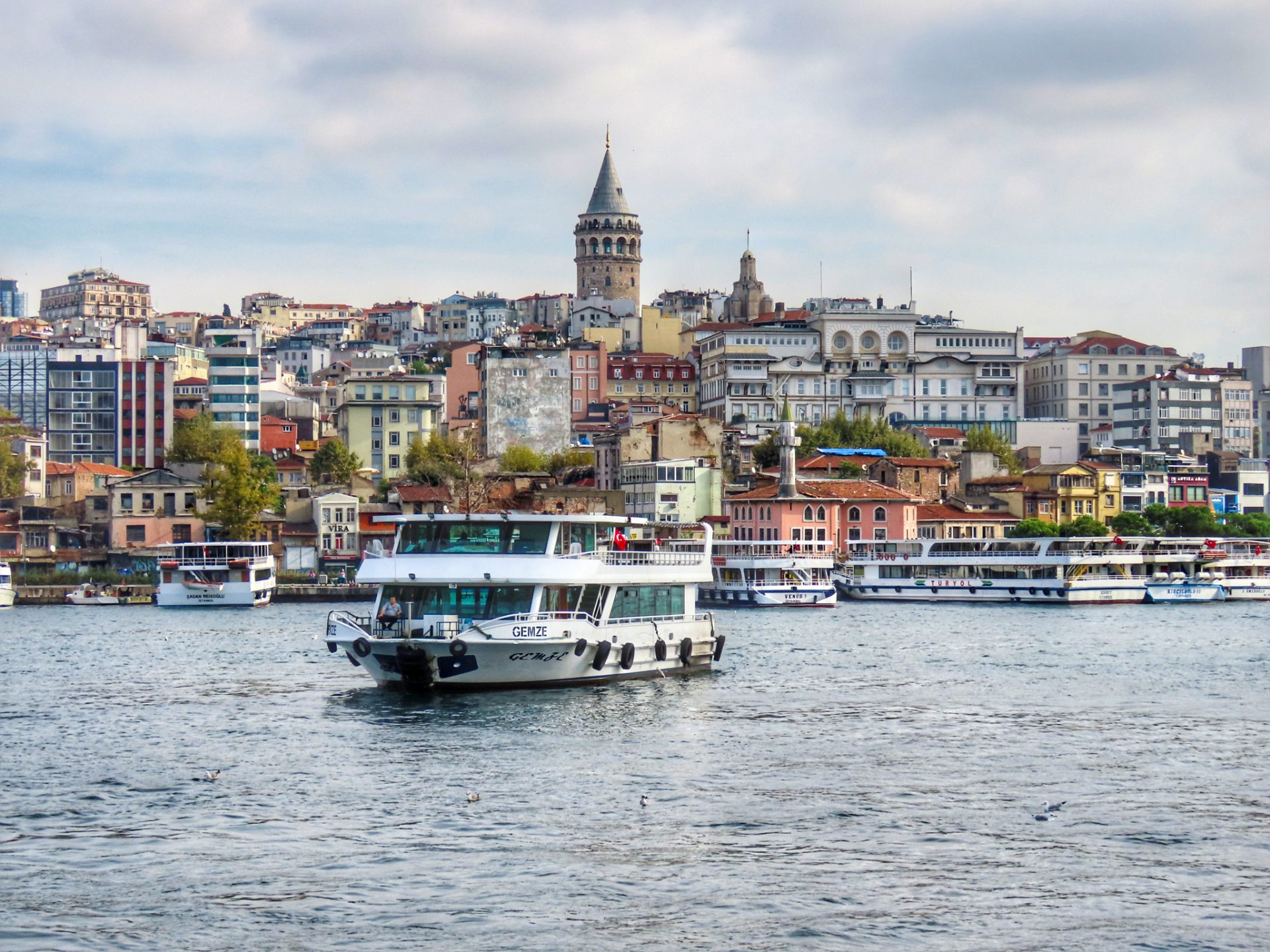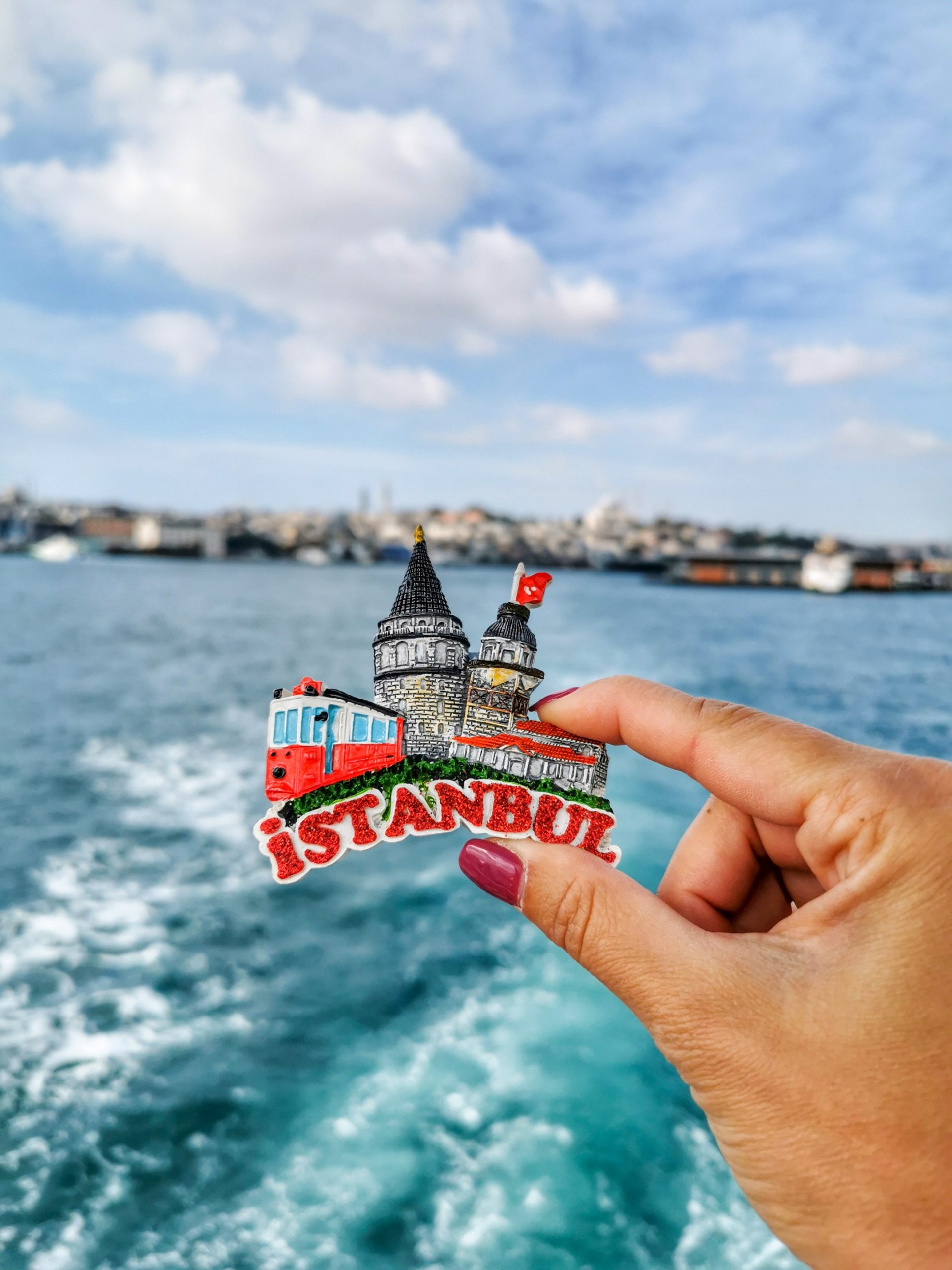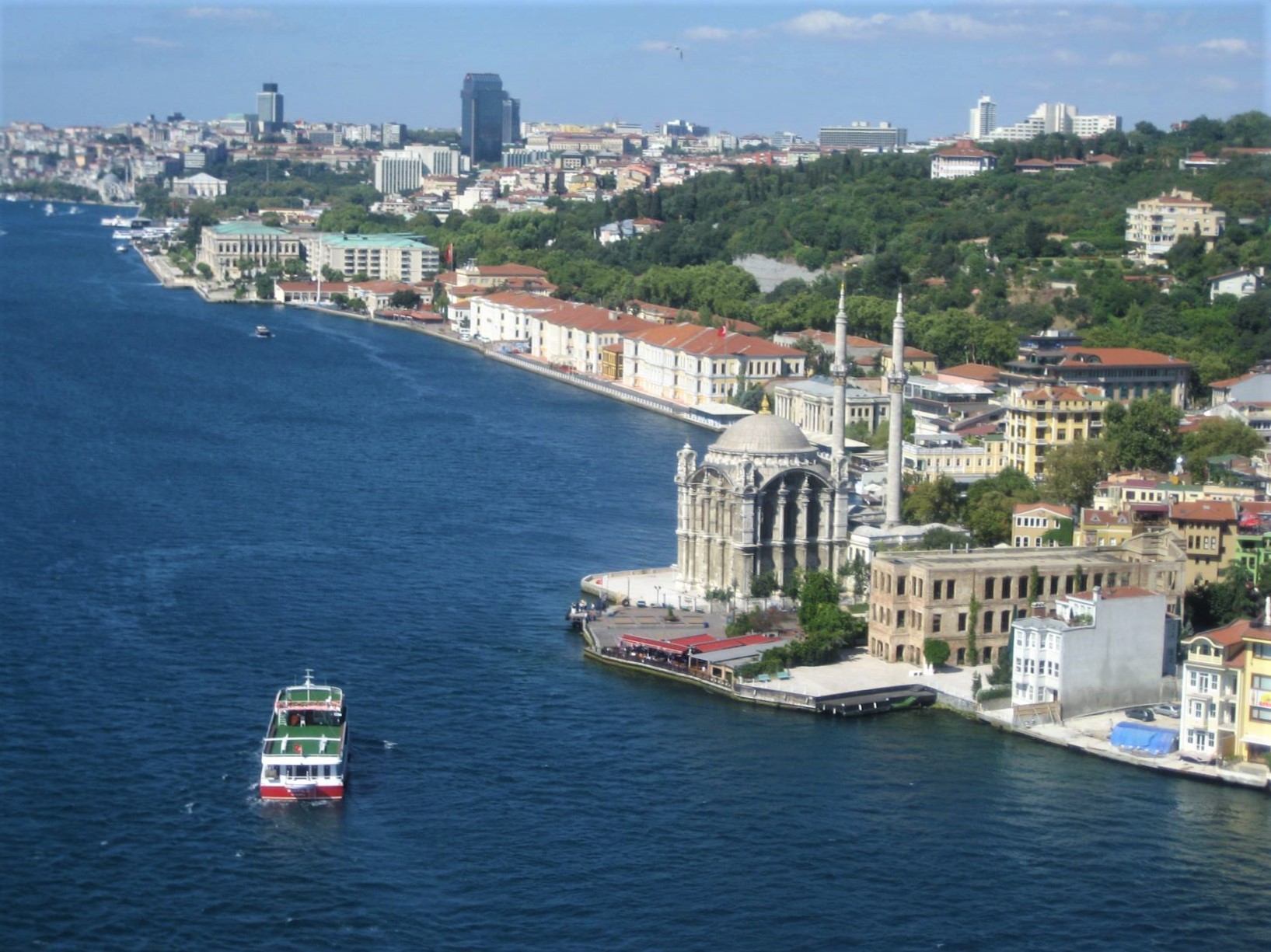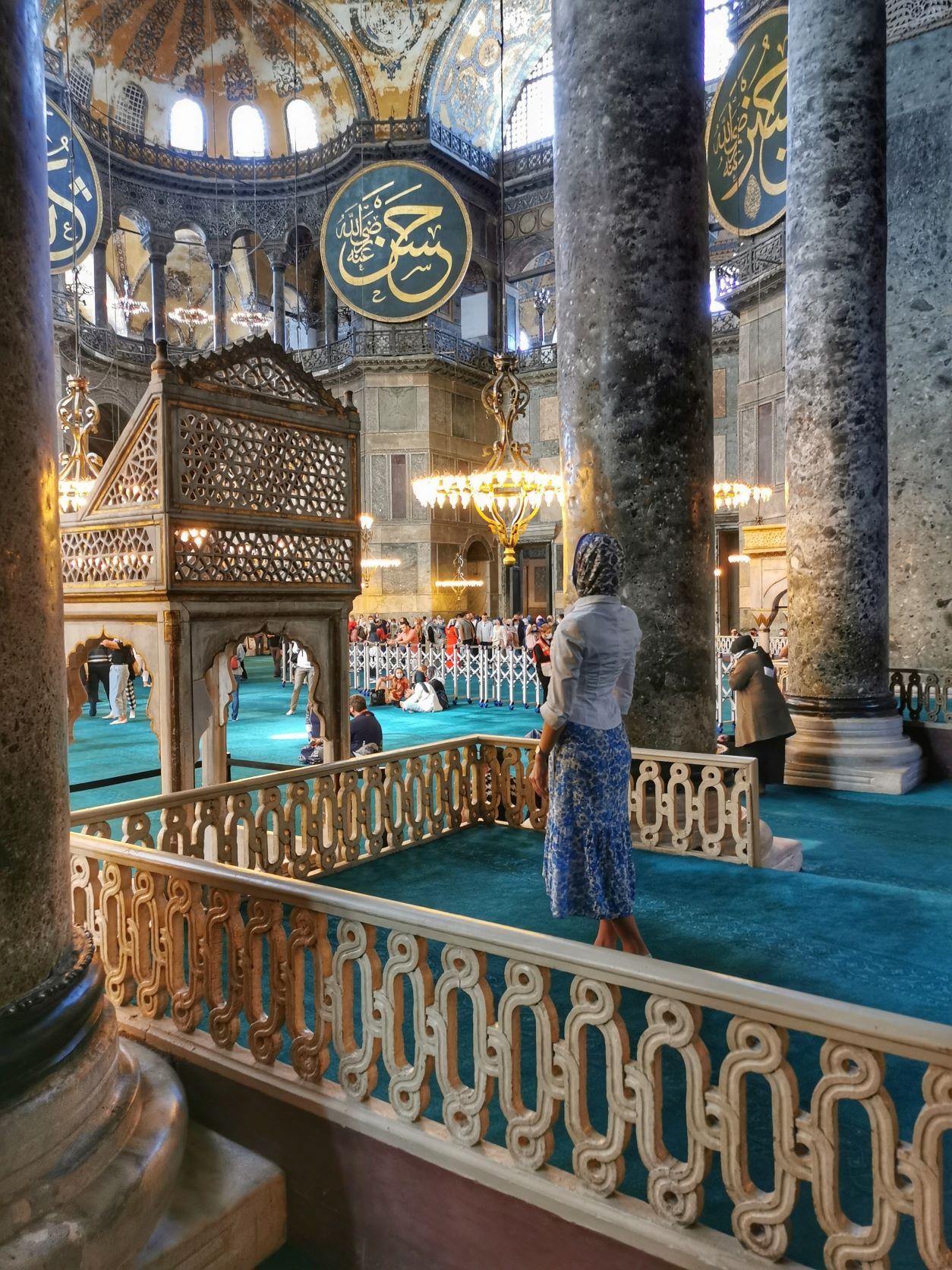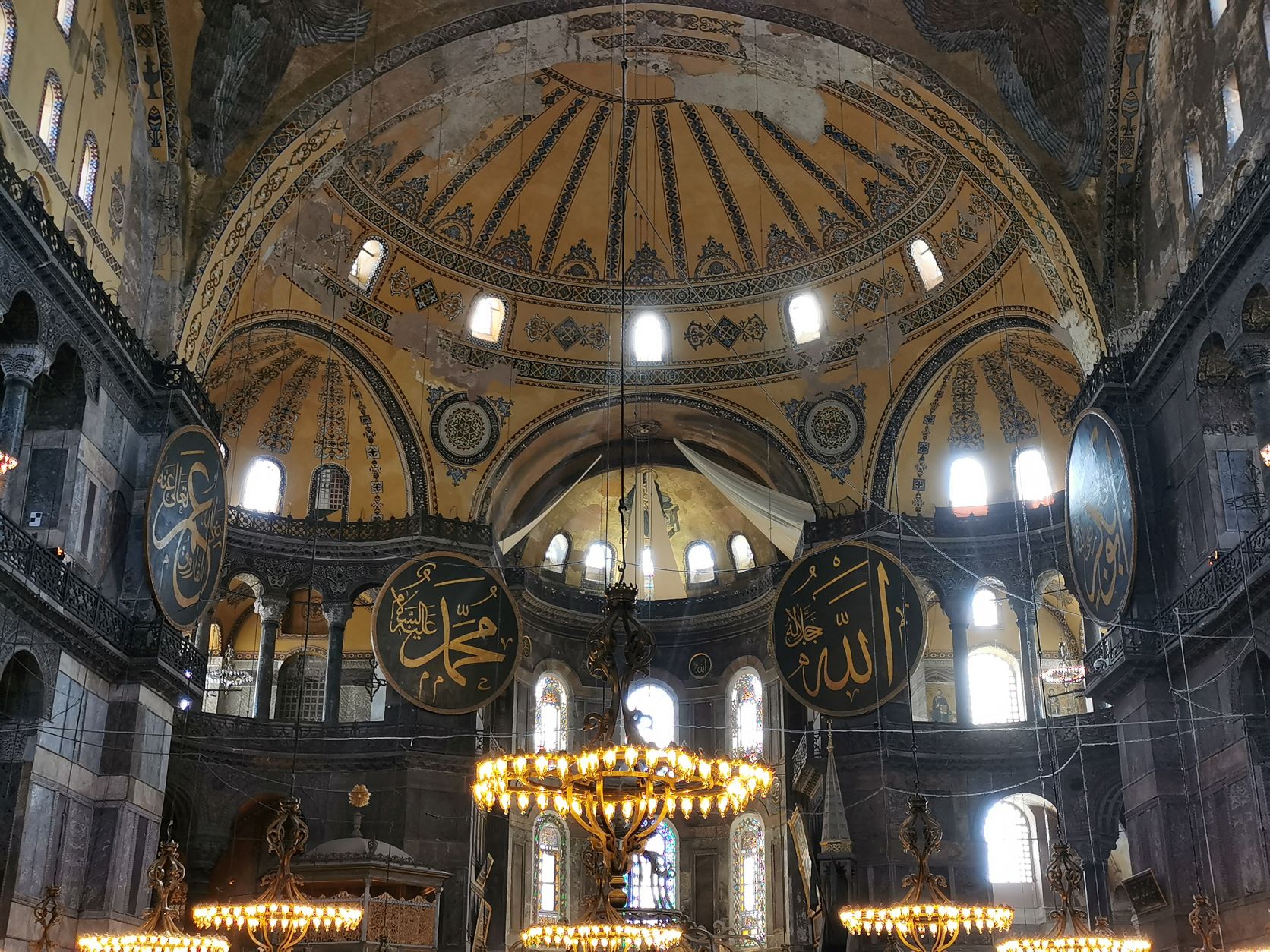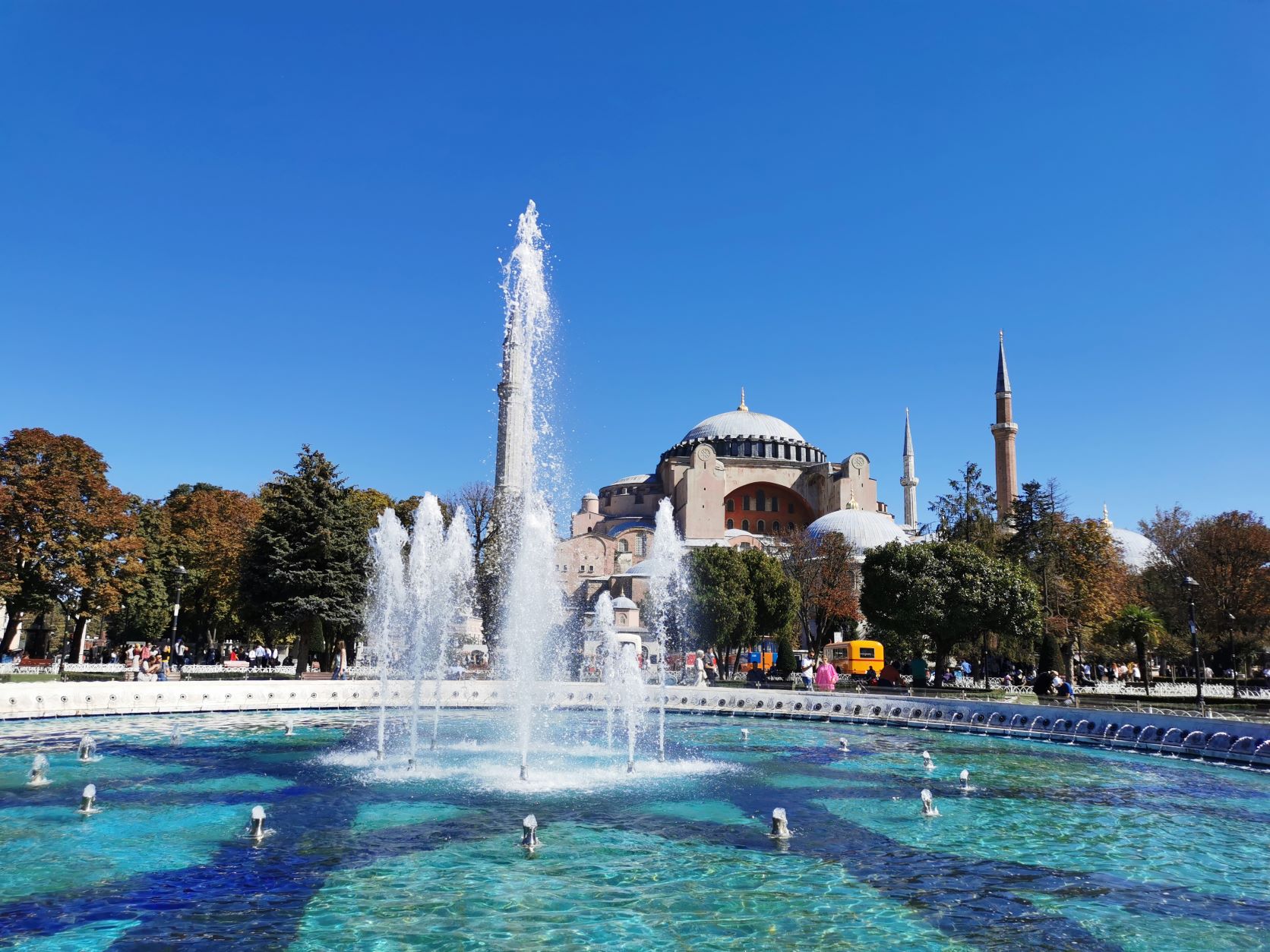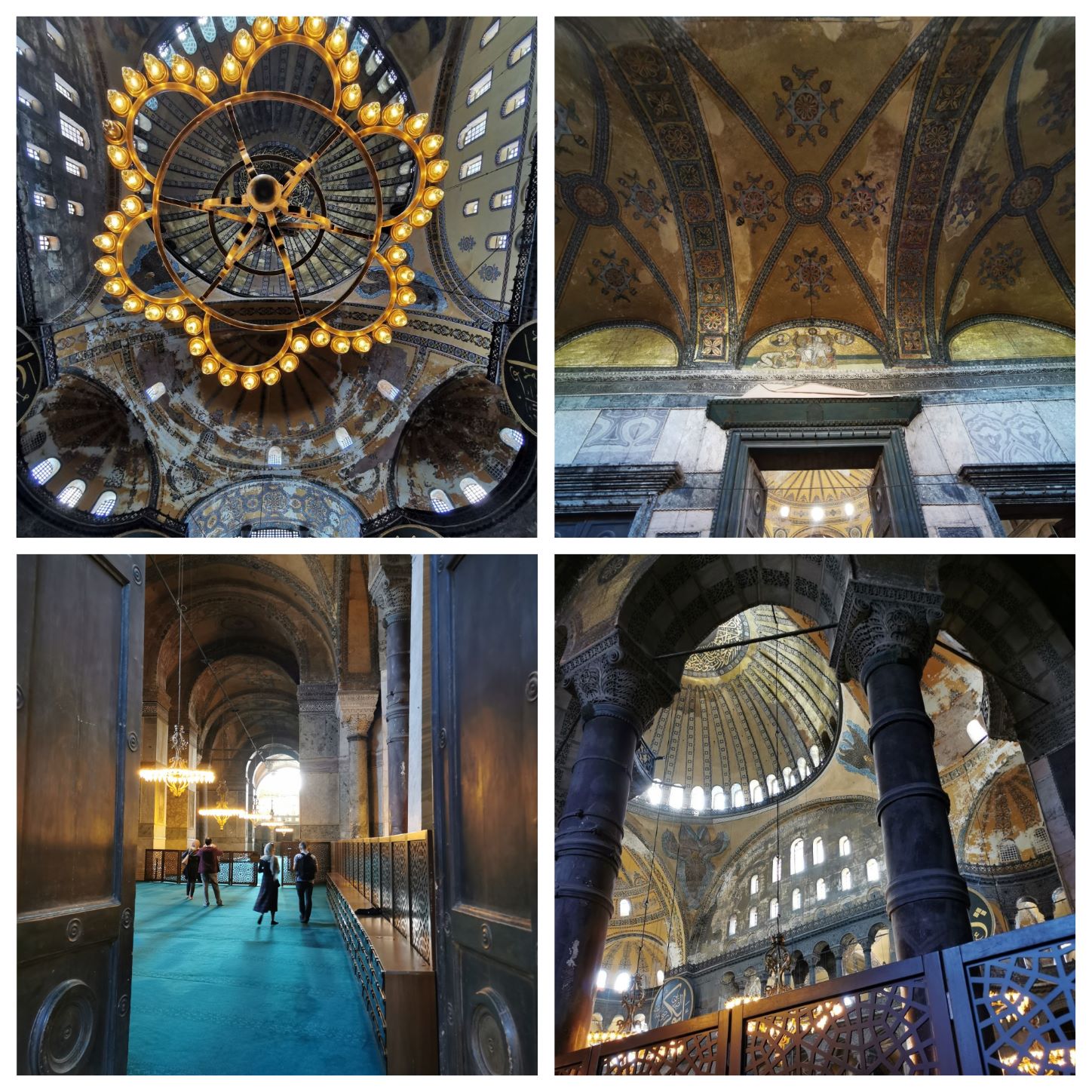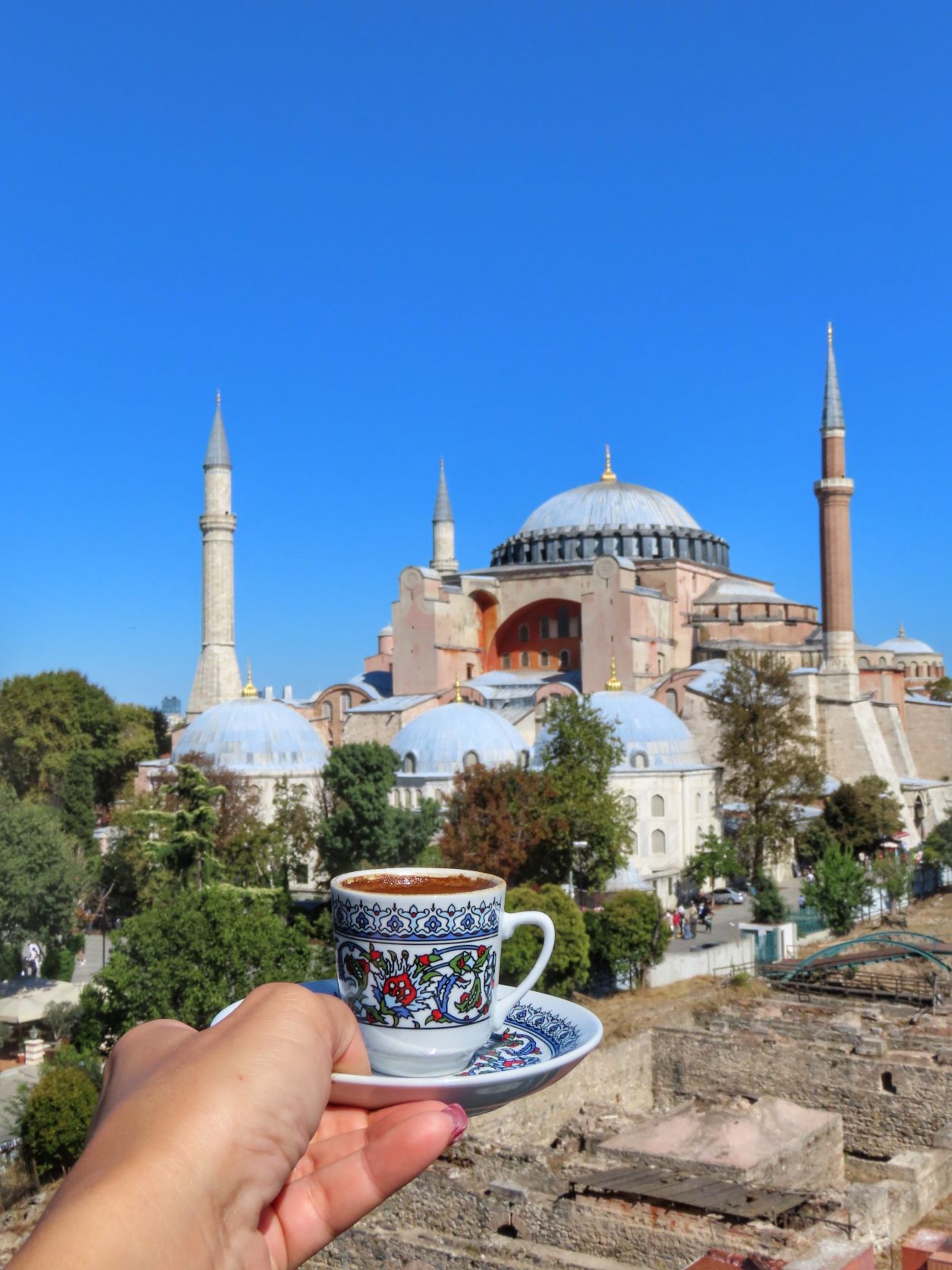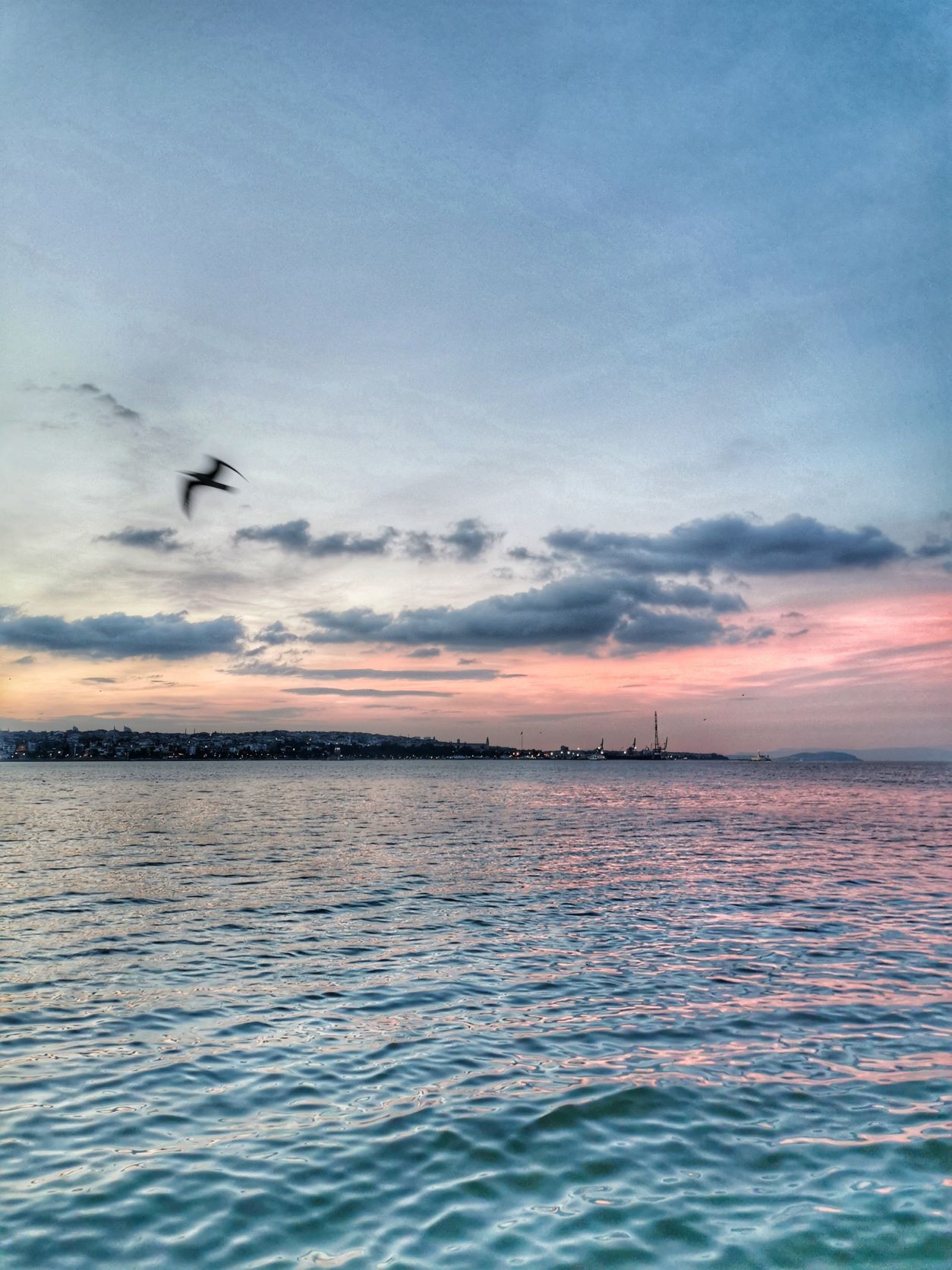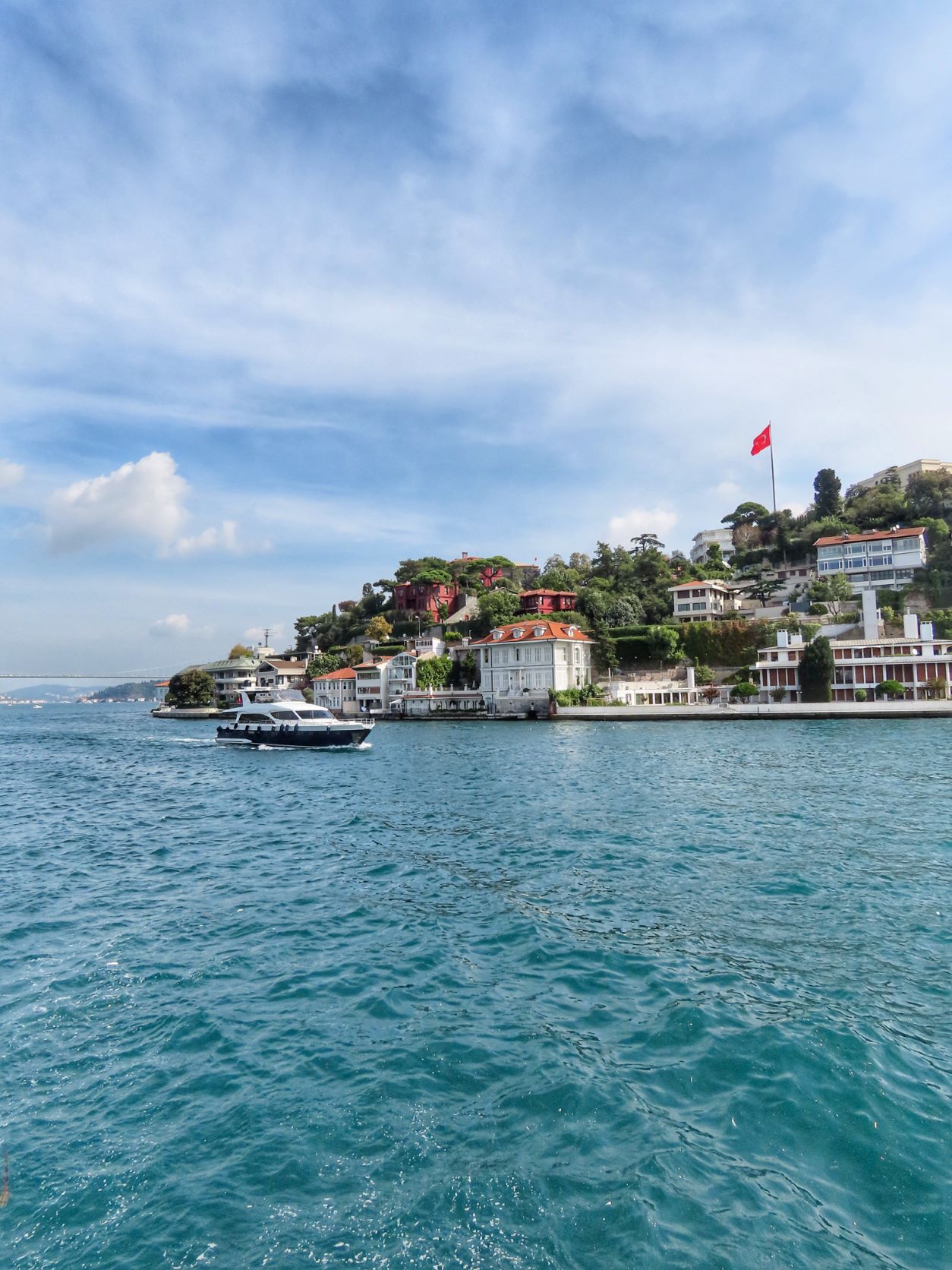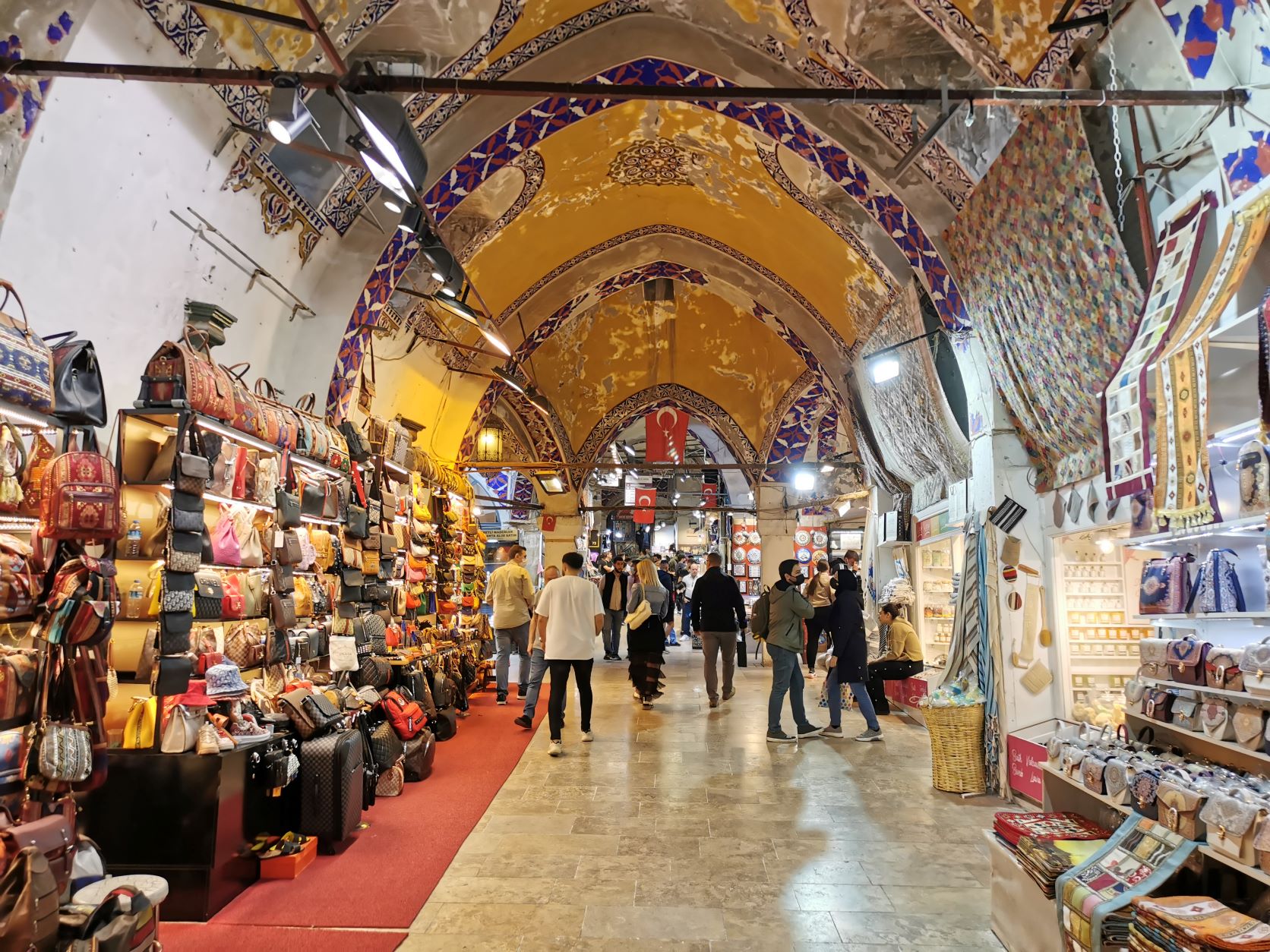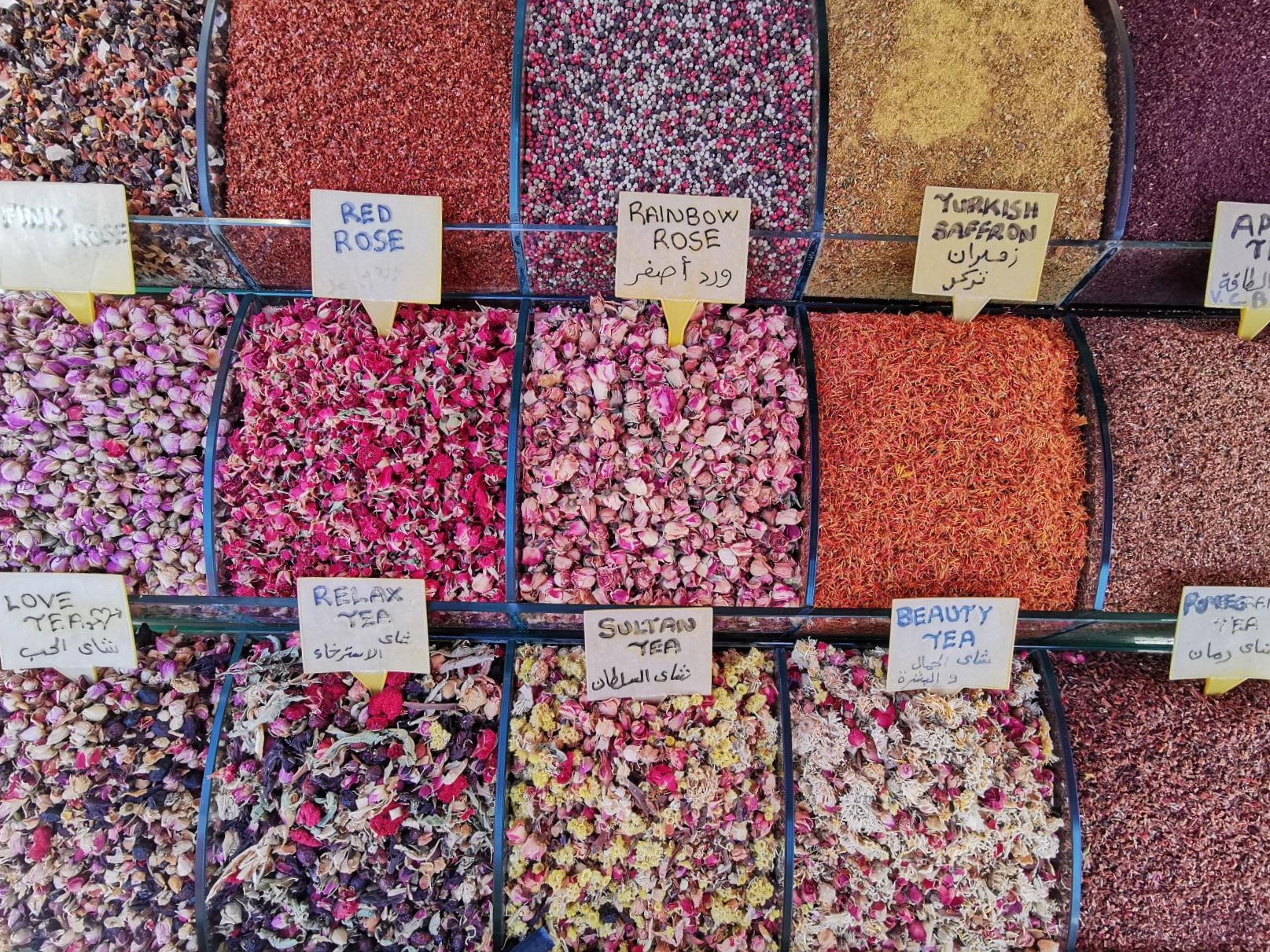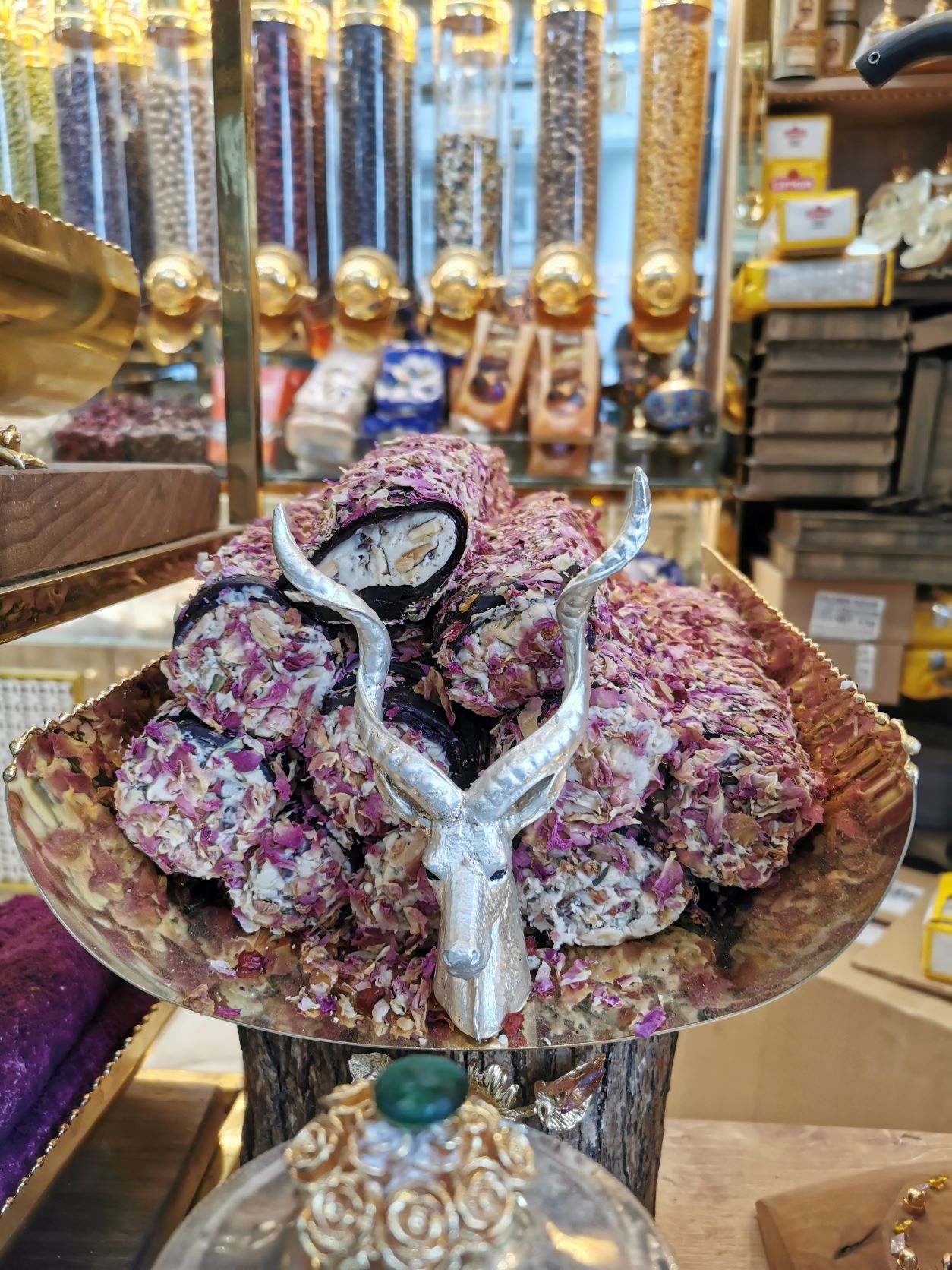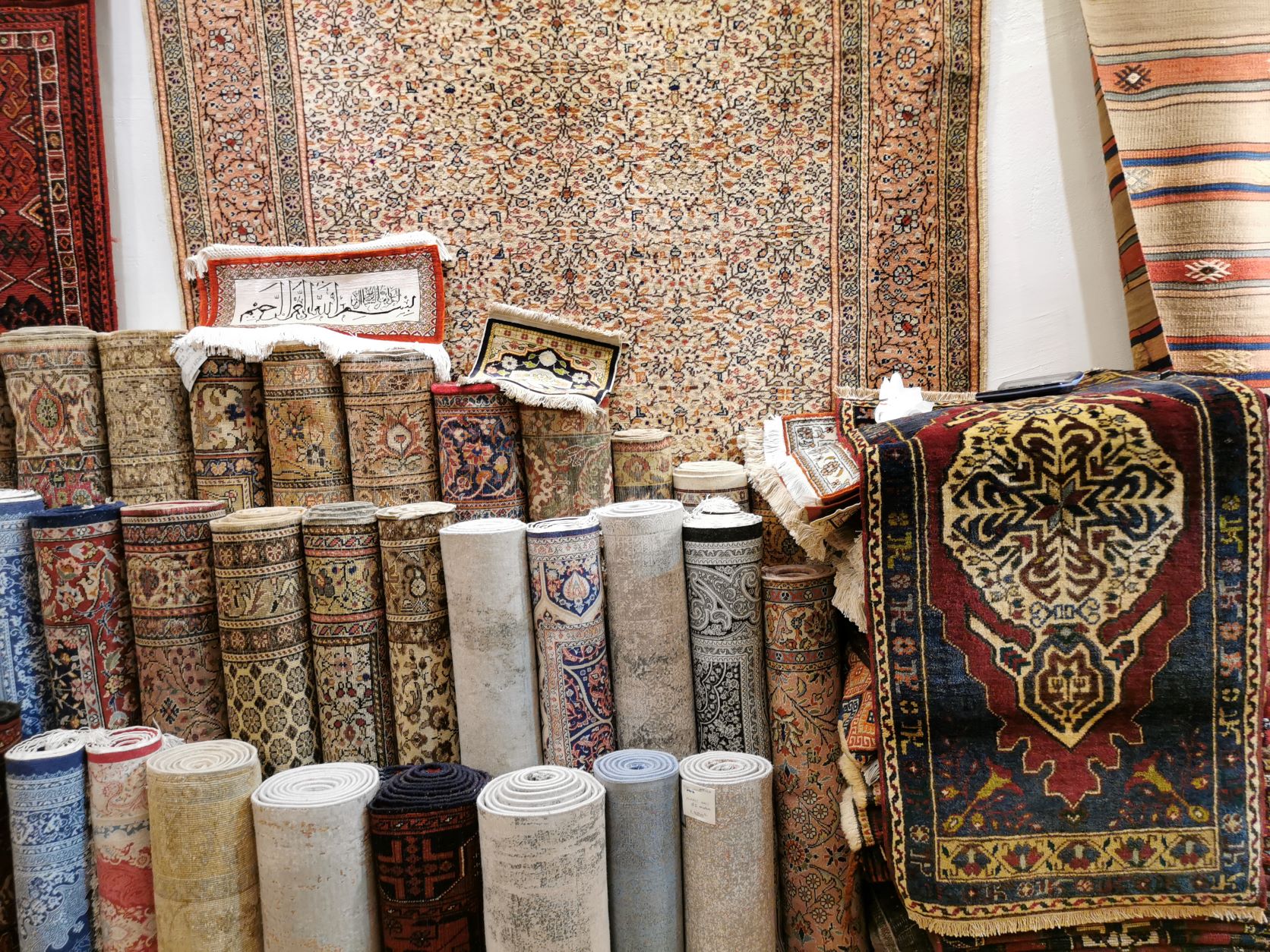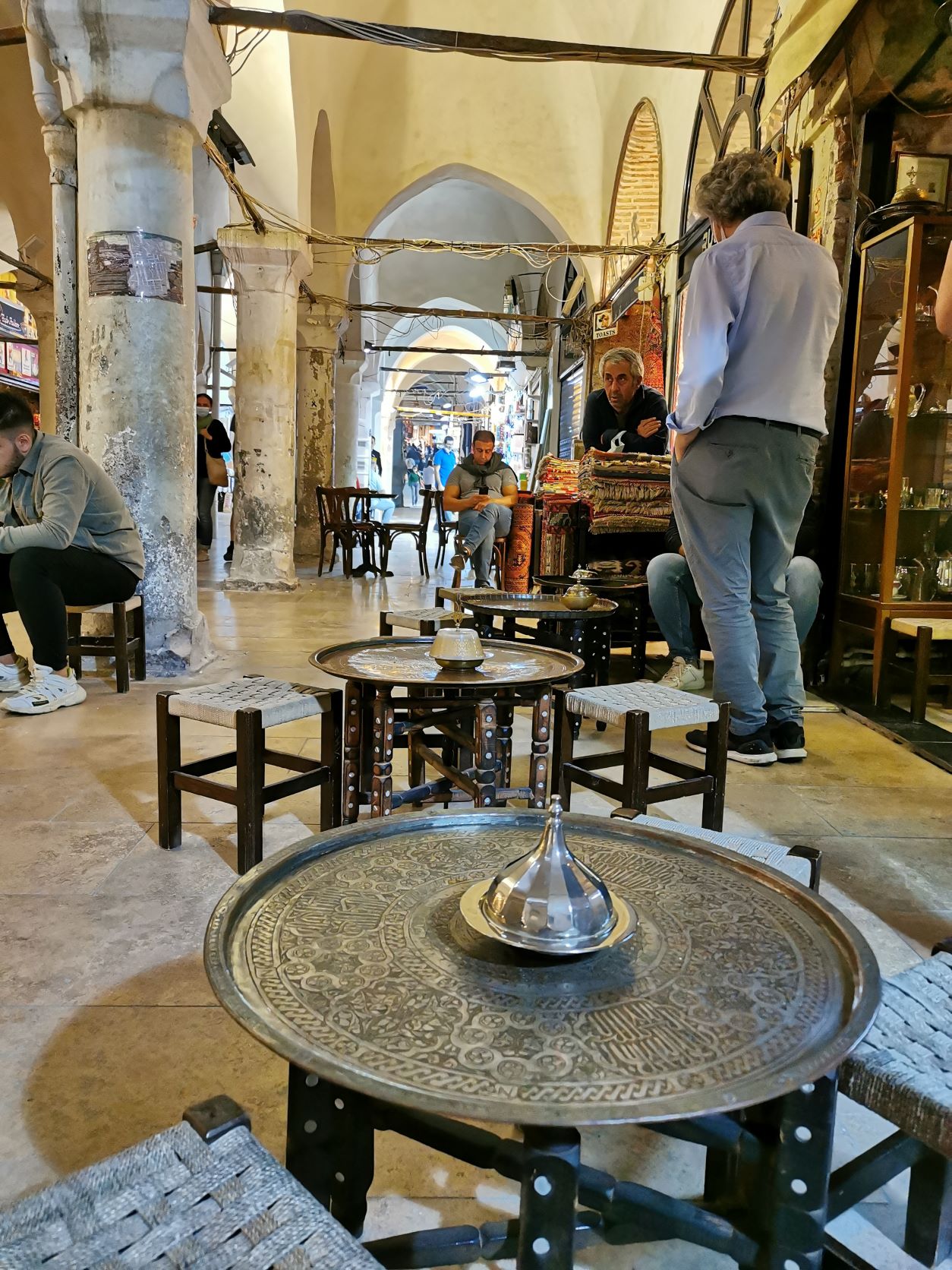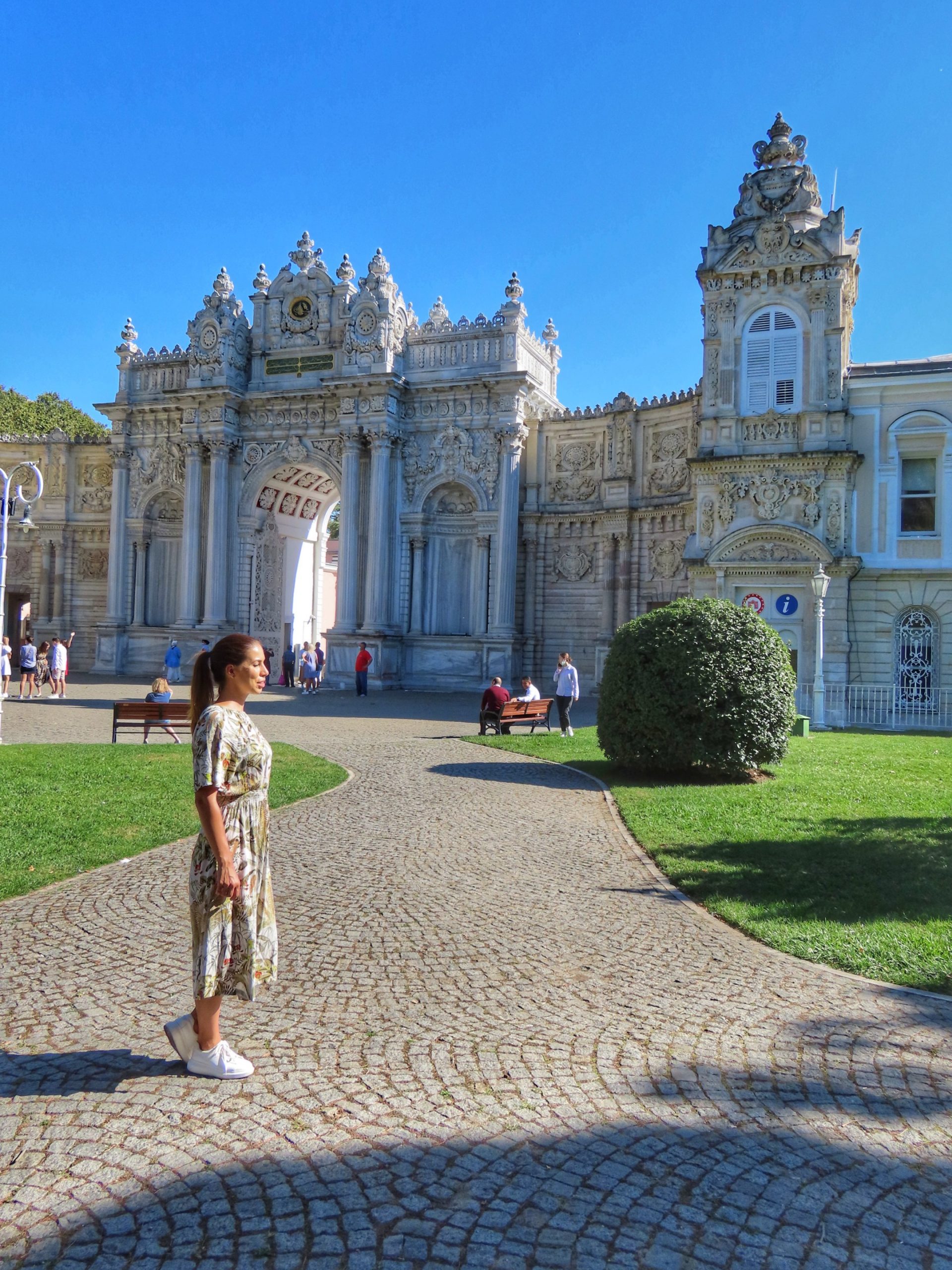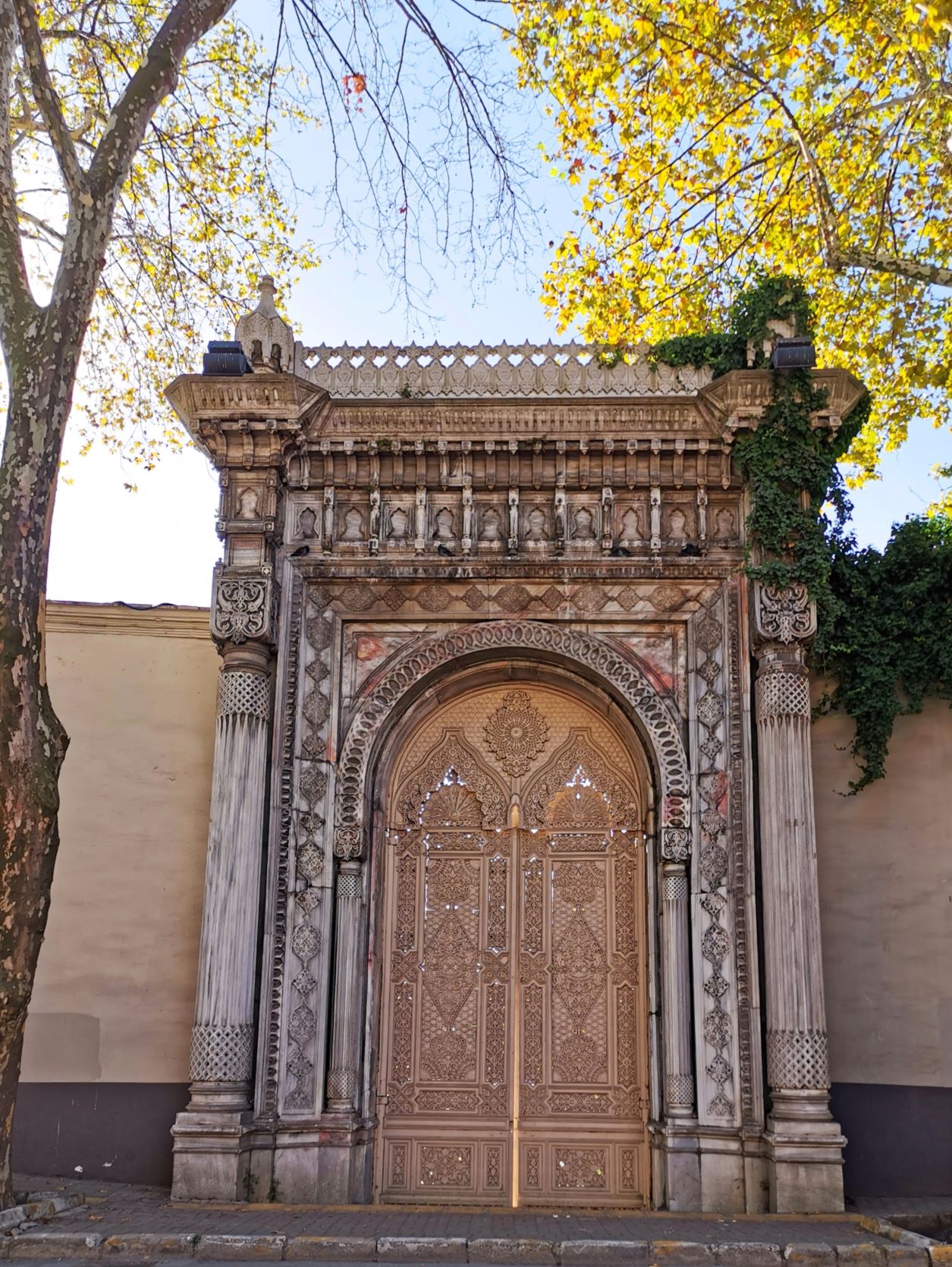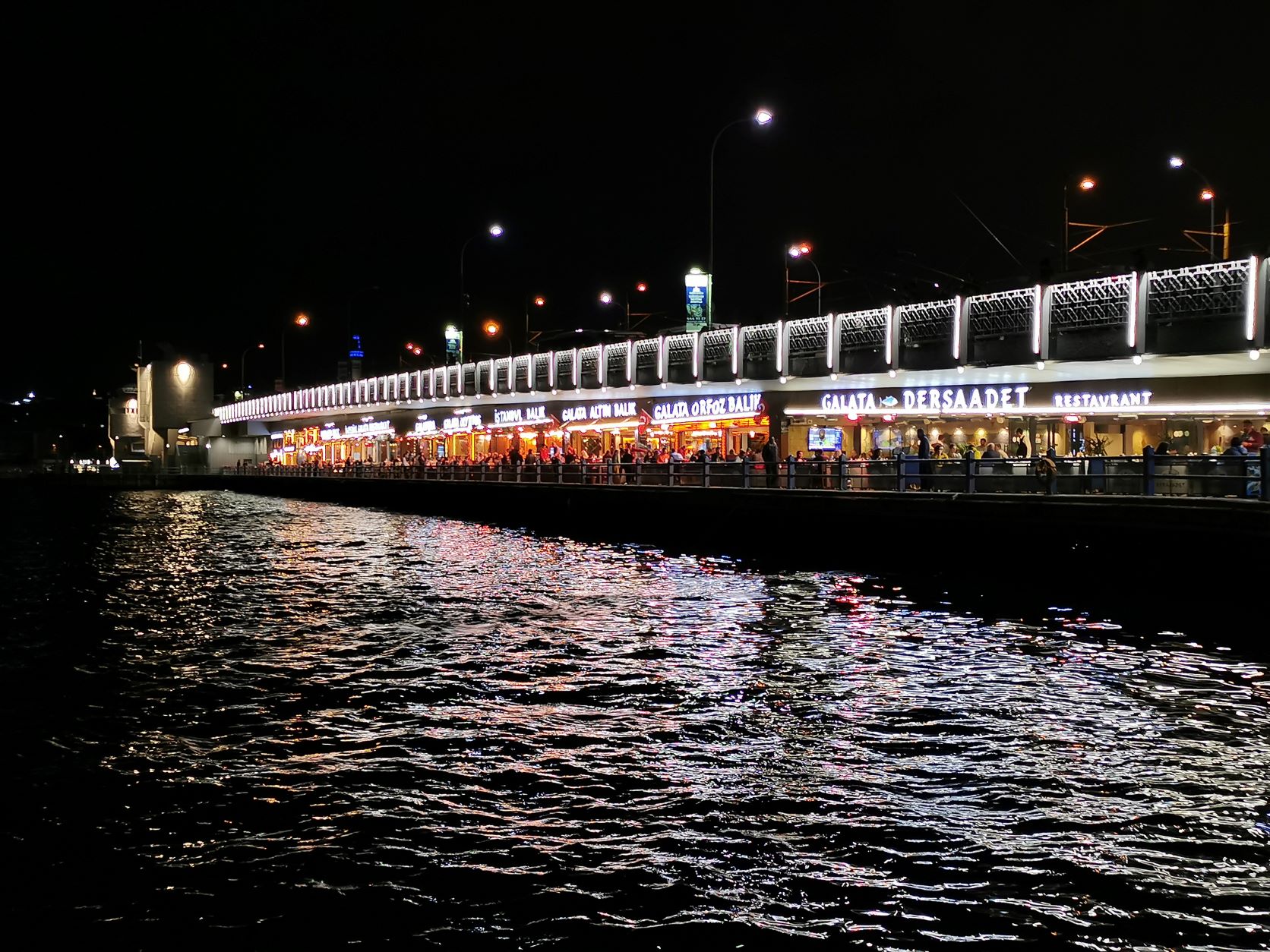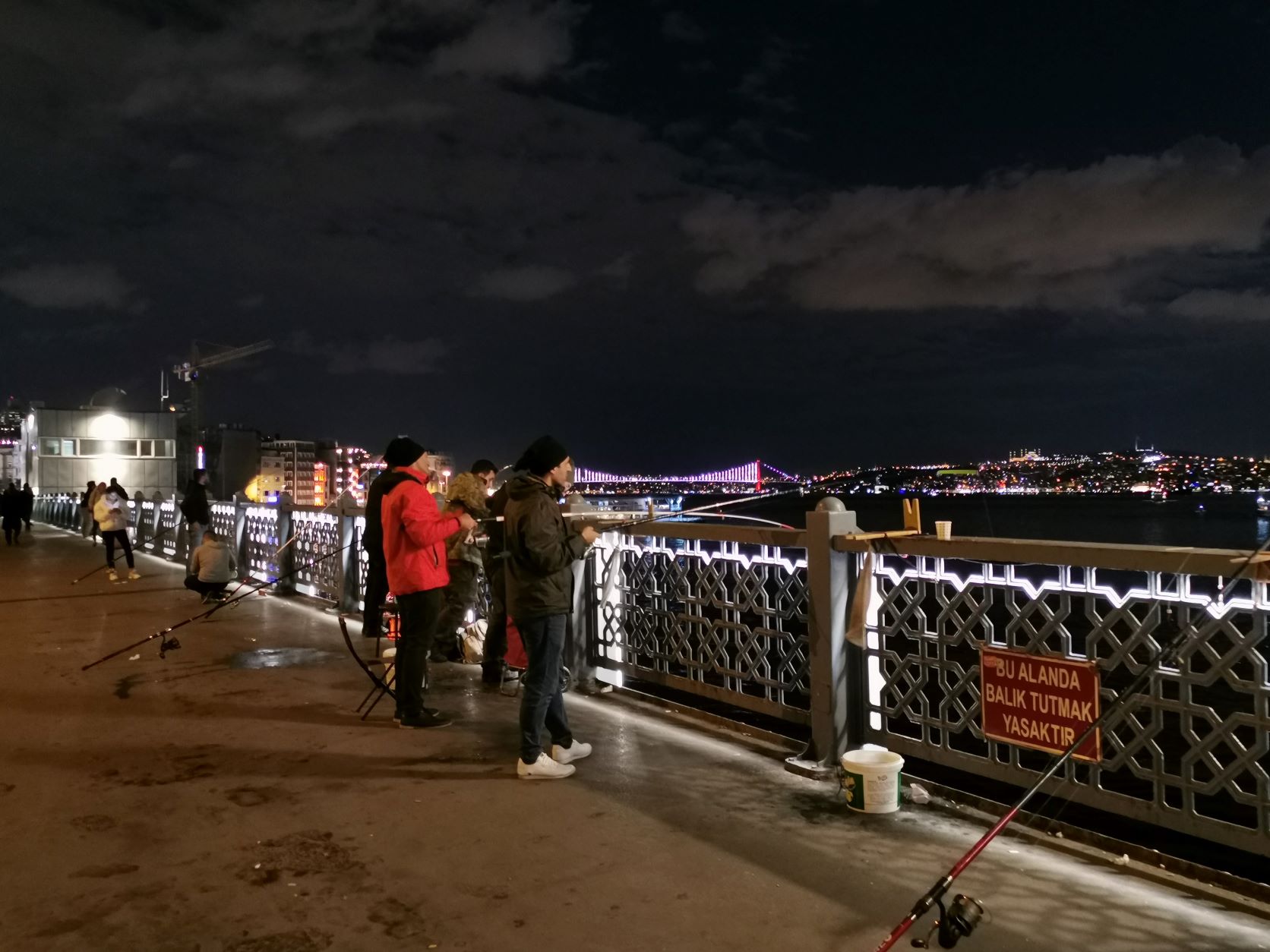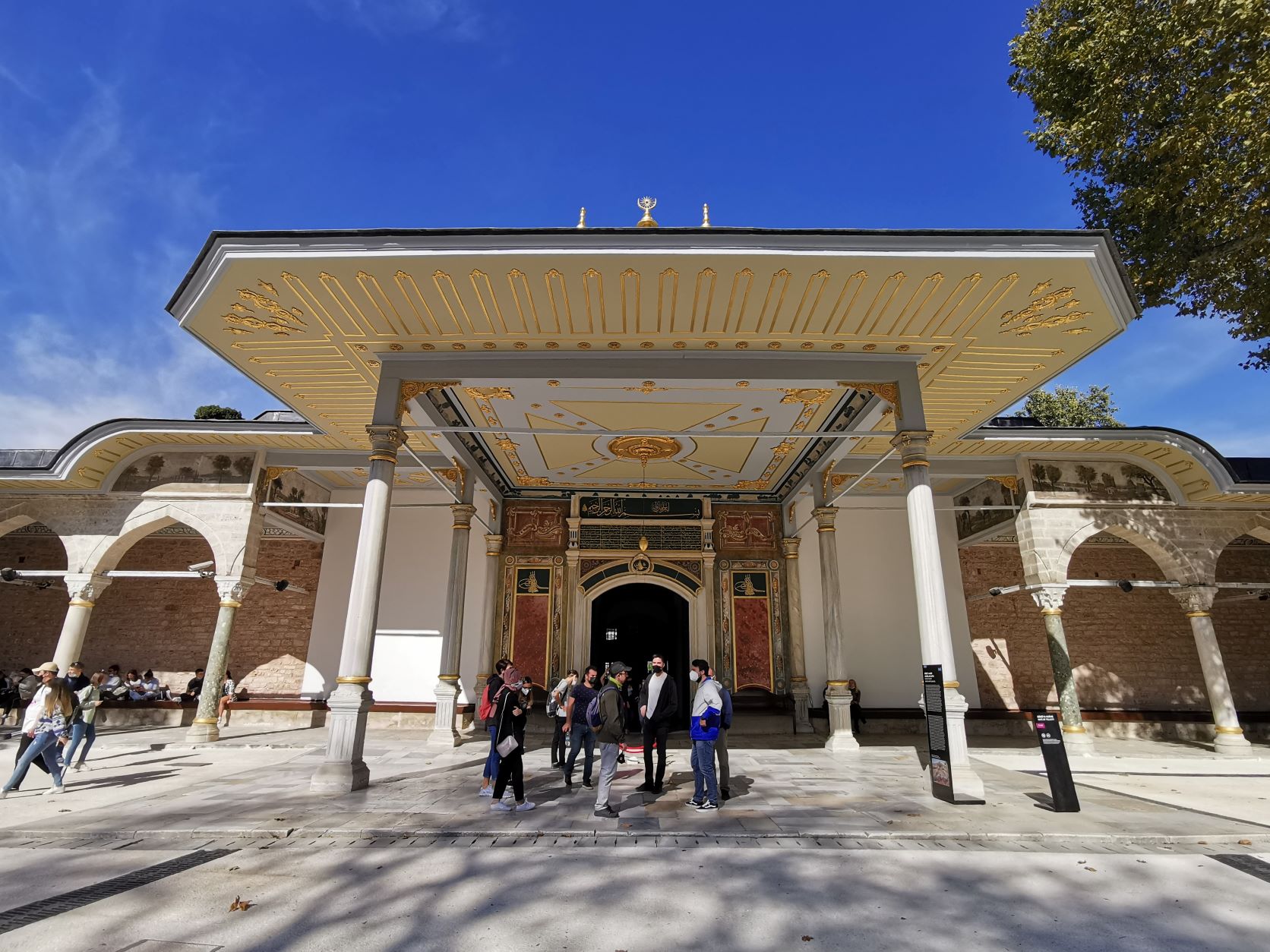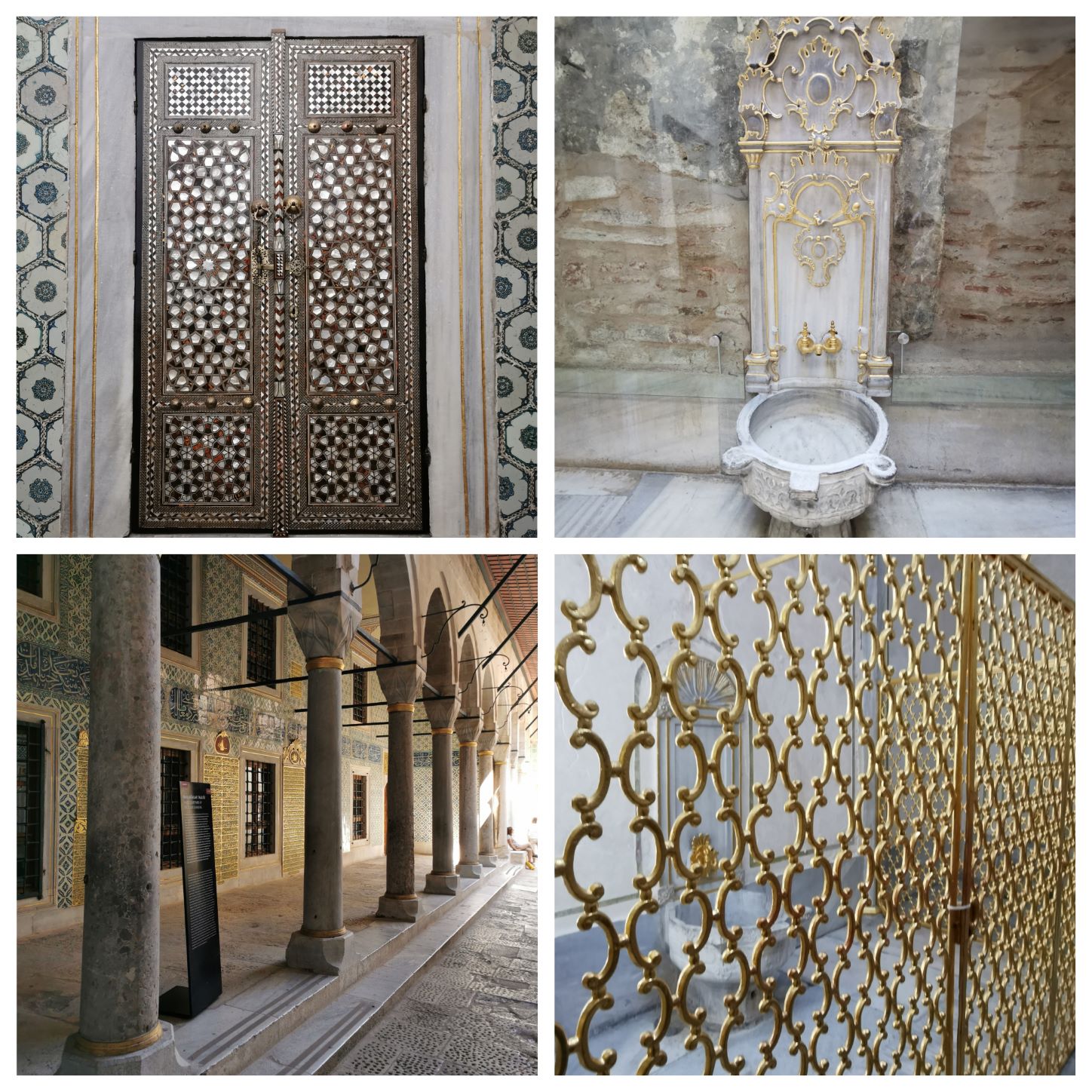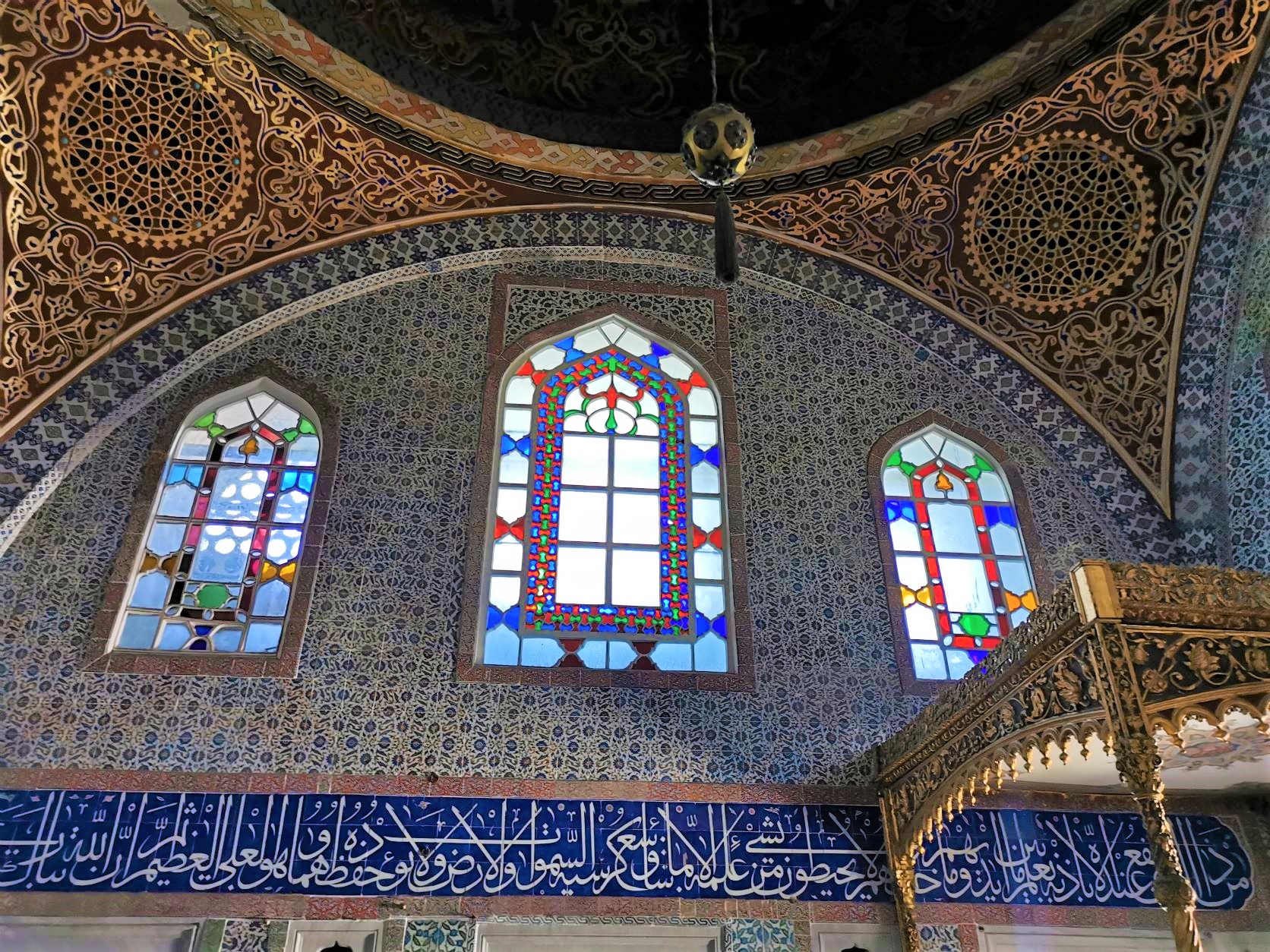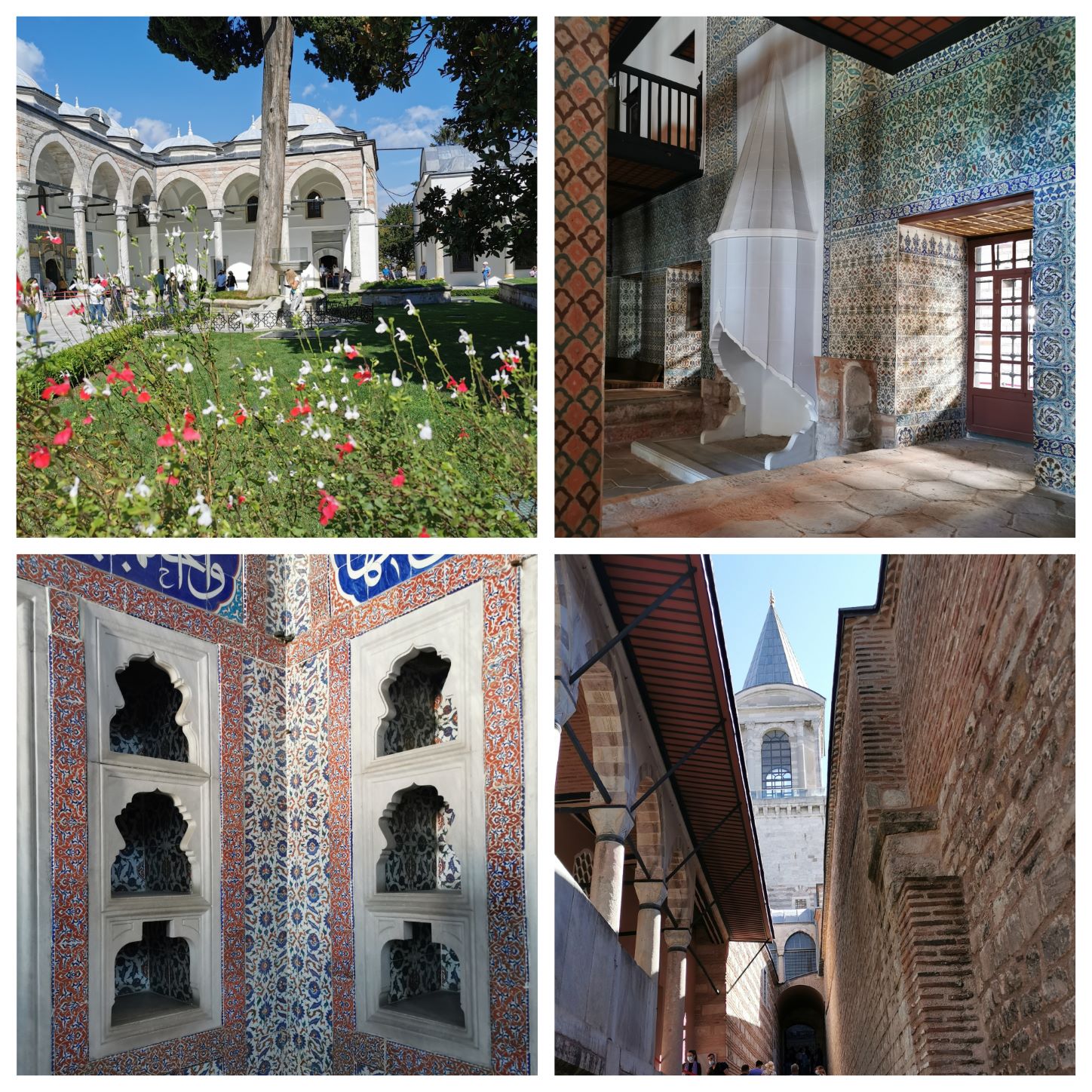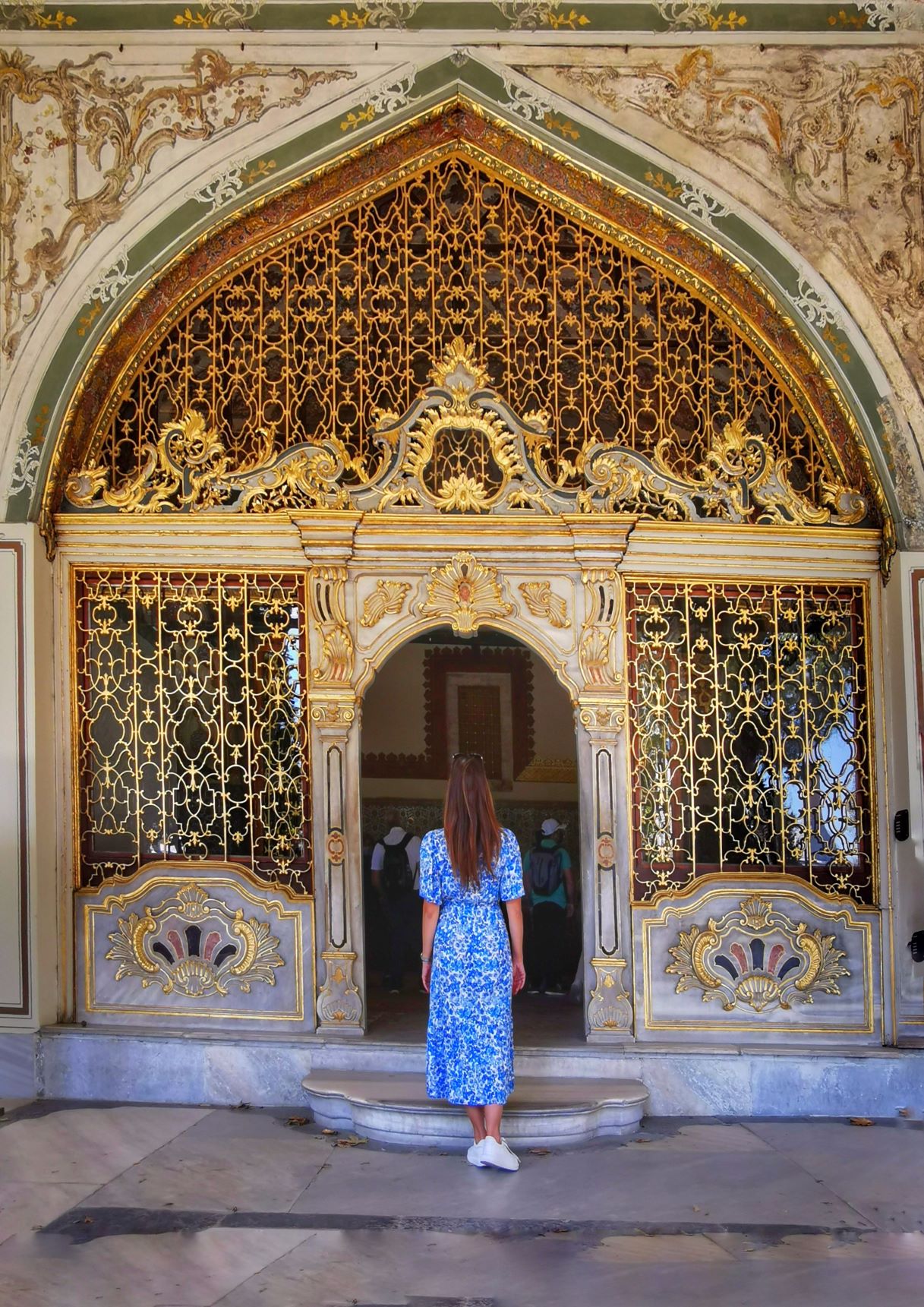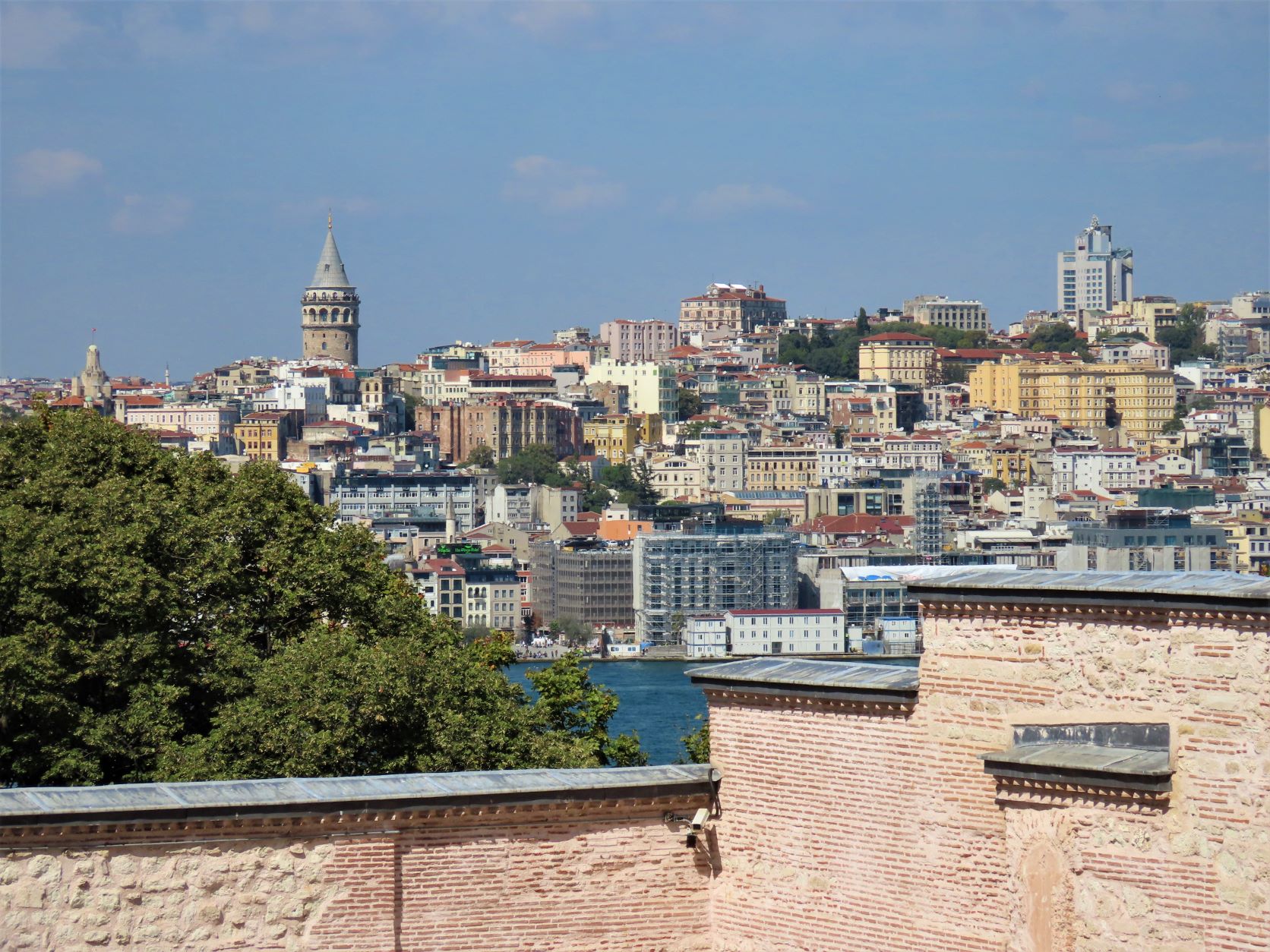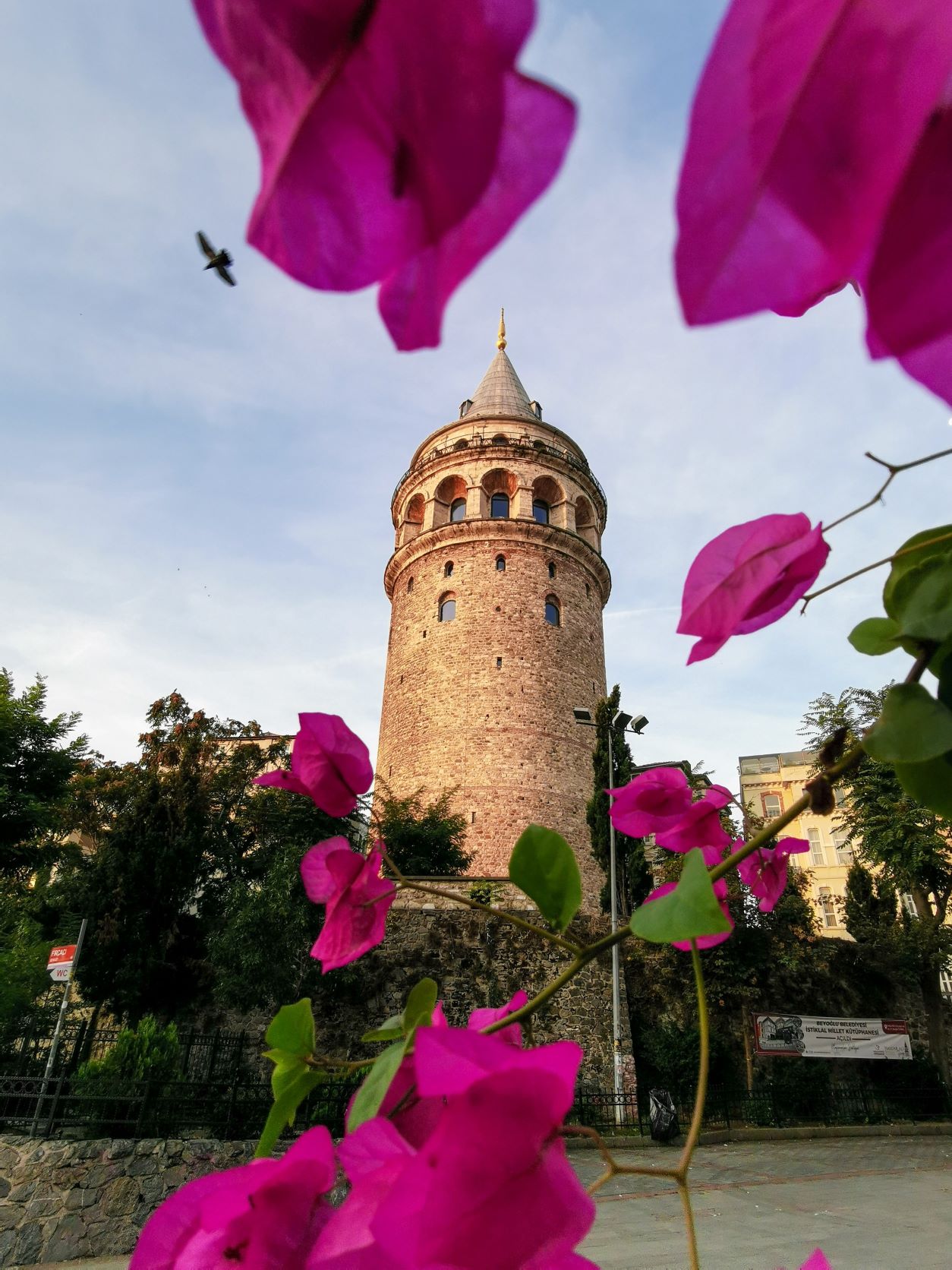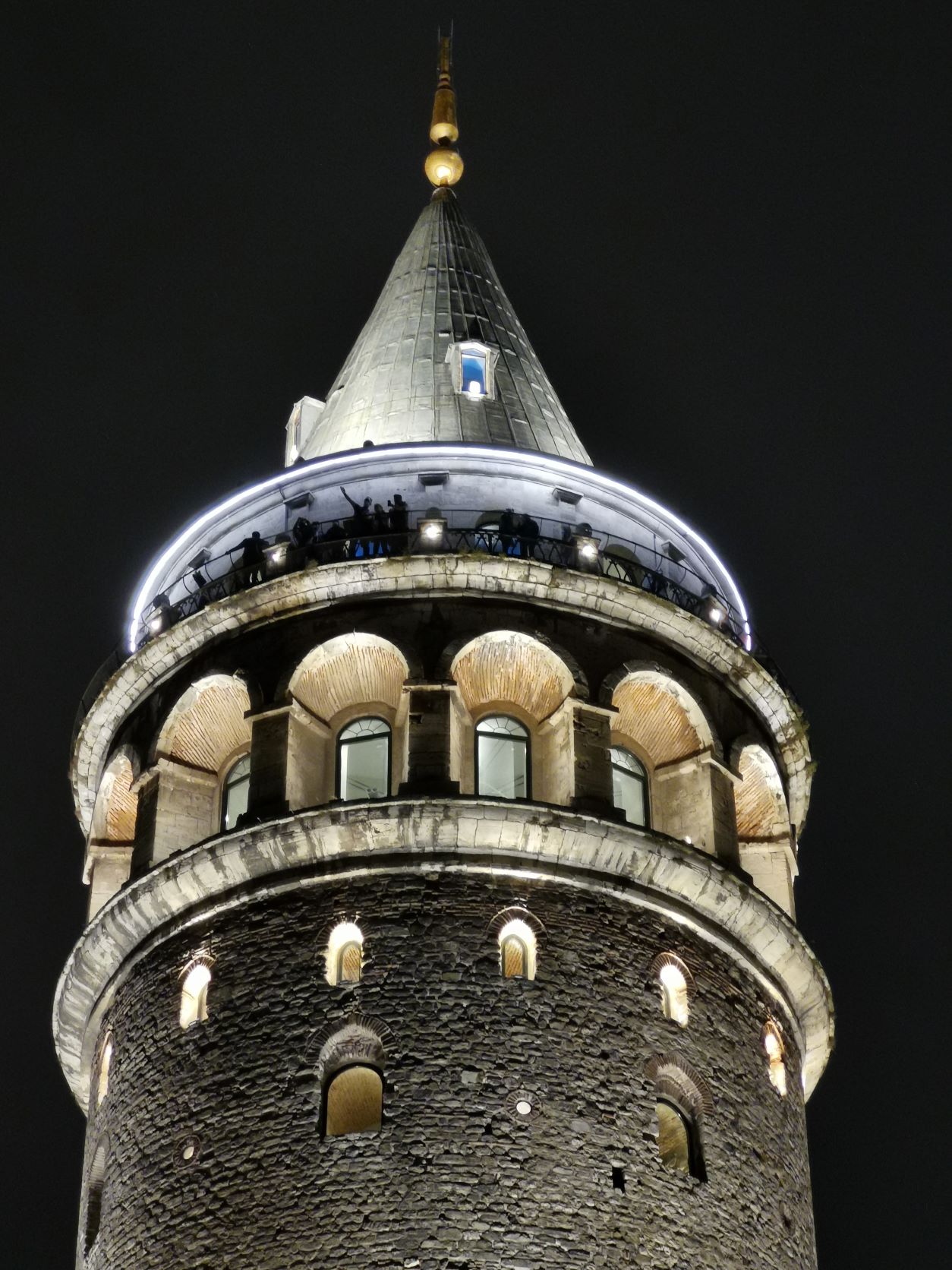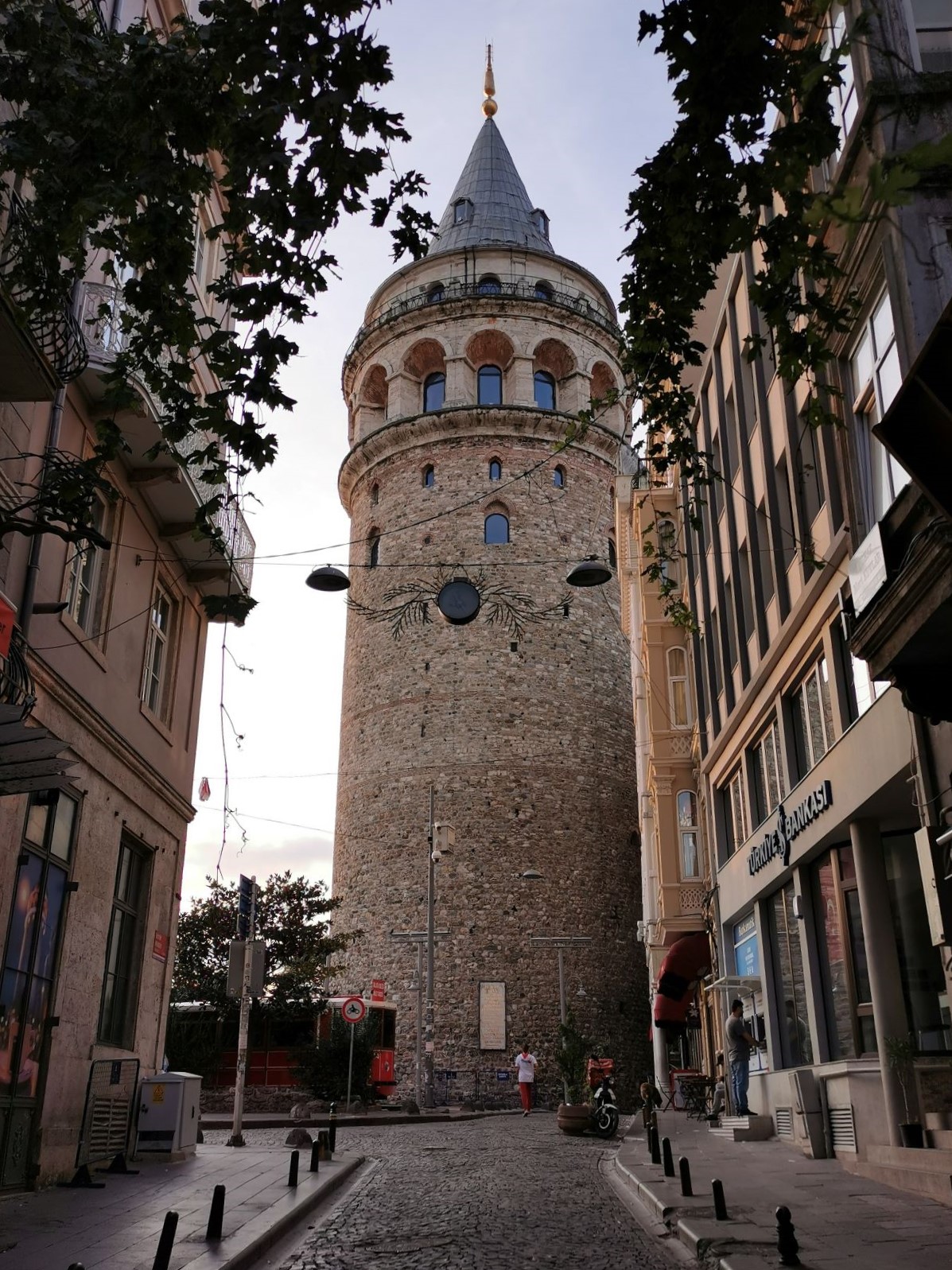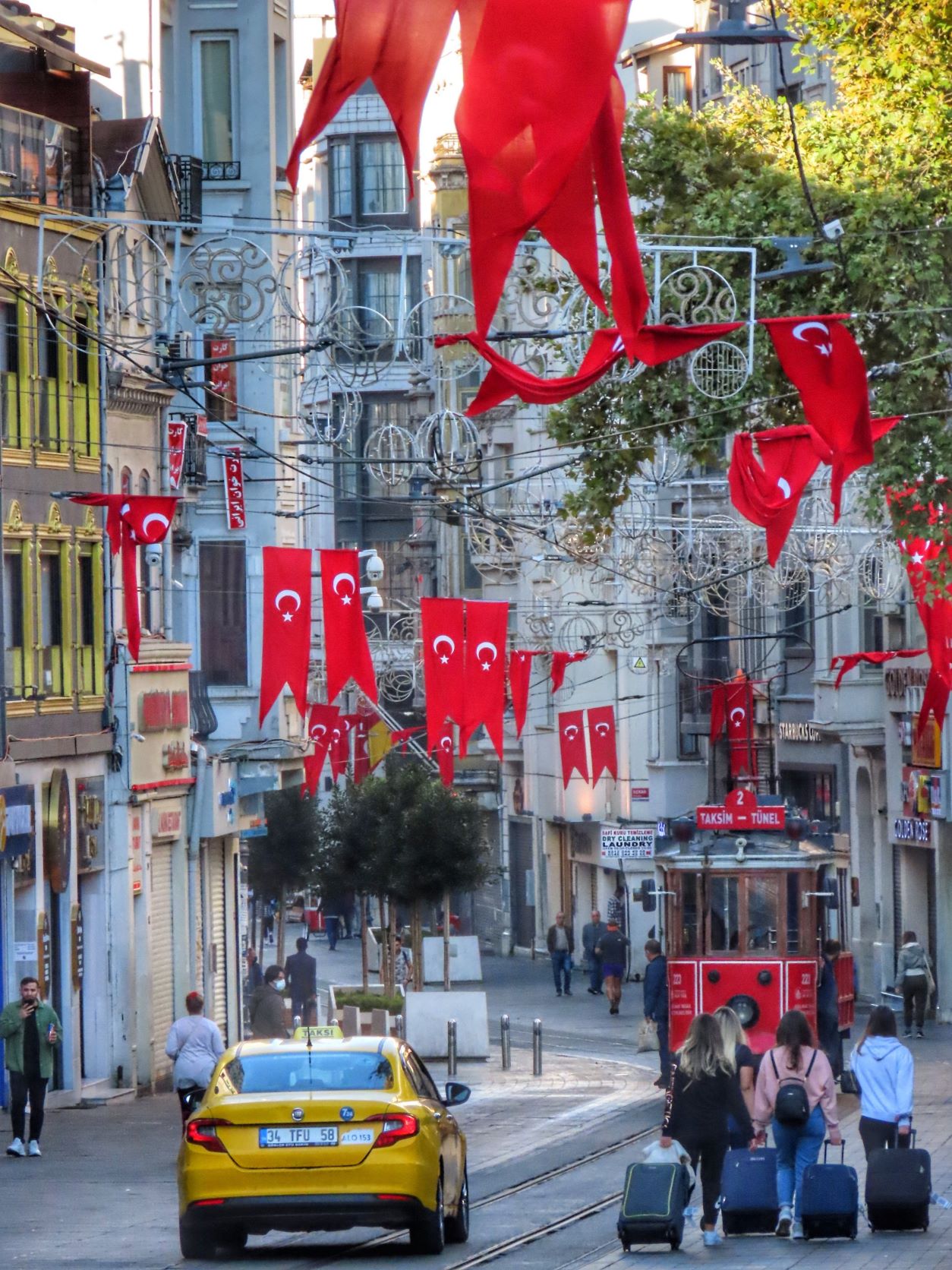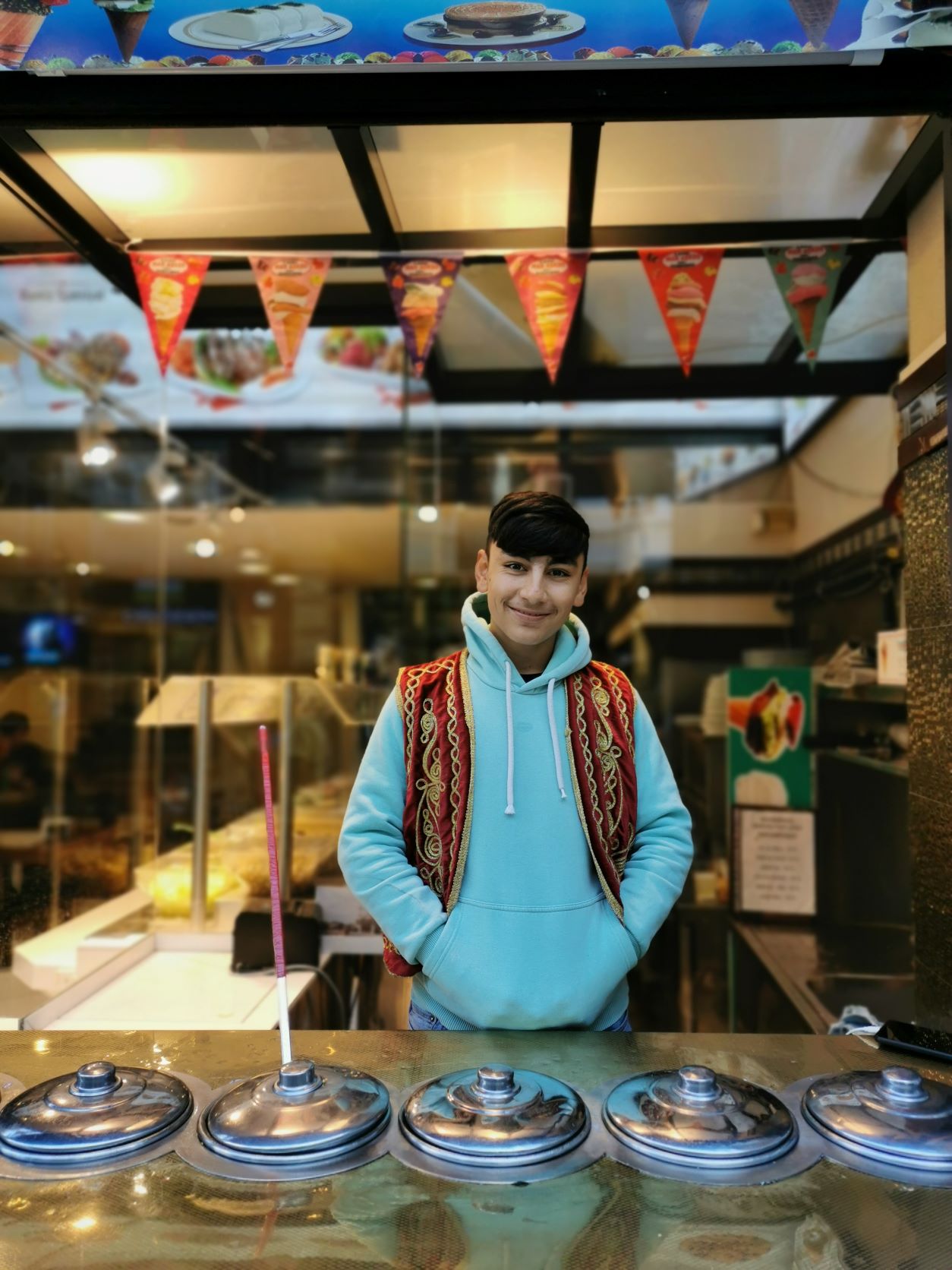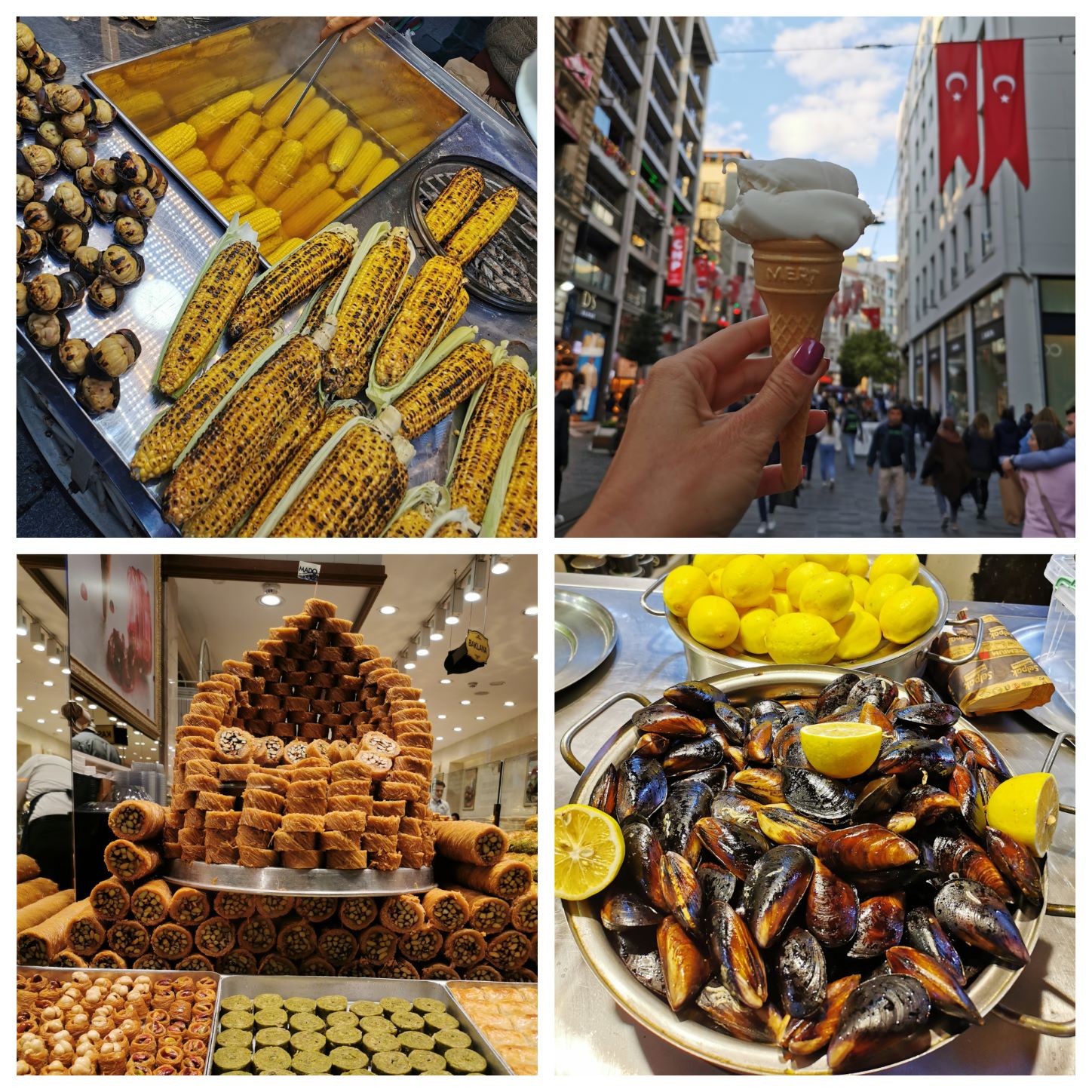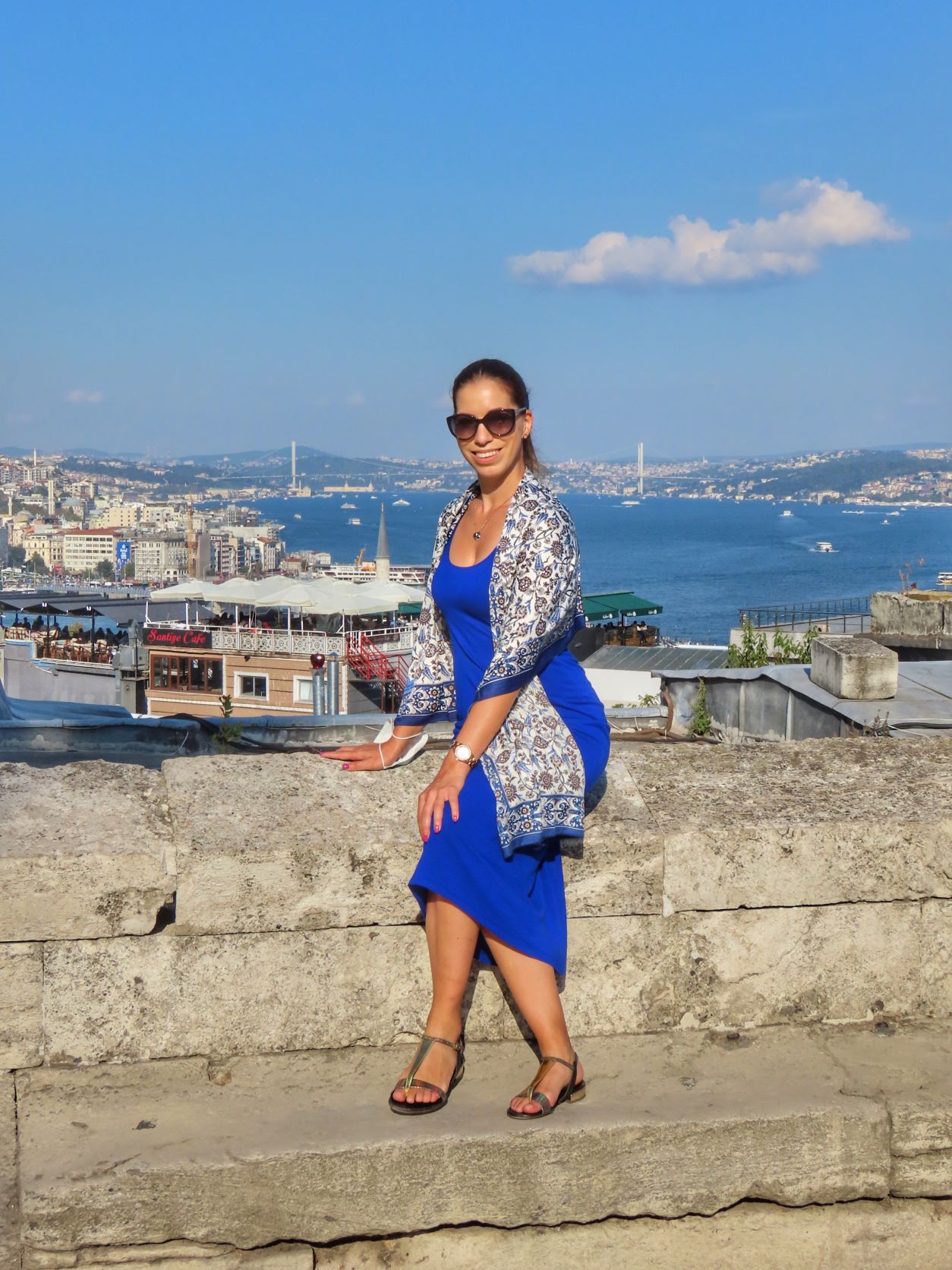Where East meets West. Where two continents meet within a city. A city that is full of UNESCO World Heritage sites. And where 3,000 years of history live as vividly on the streets as in very few places in the world. Istanbul is a colorful destination for both Europe and Asia. Its beauty and atmosphere definitely captivate all visitors on the day of arrival.
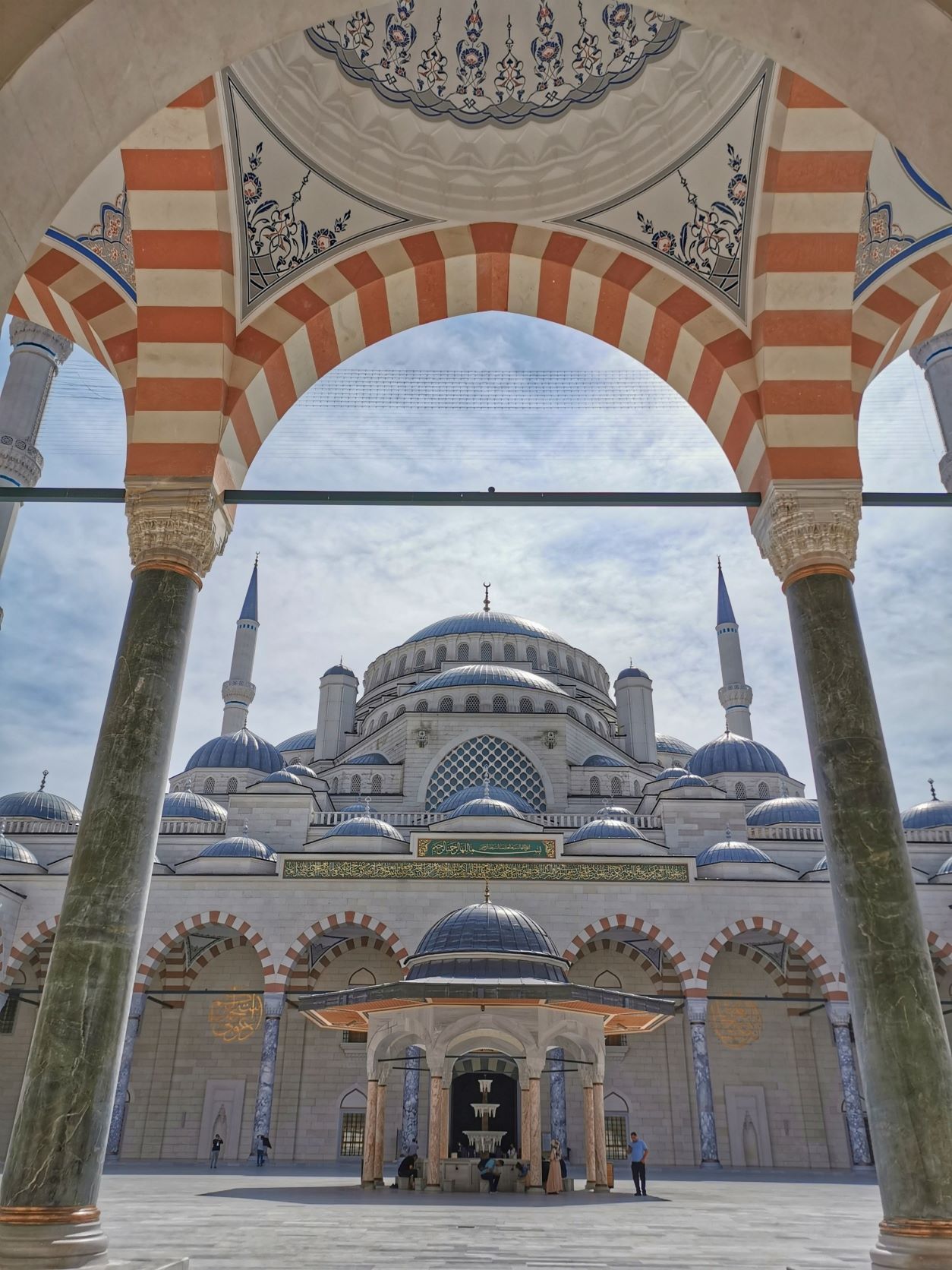
It is almost impossible to list how many places and sites Istanbul has, but let’s give it a try. Here are my 10 favorite attractions from the Bosporus coast, Turkey’s former capital.
View this post on Instagram
 1. Hagia Sophia
1. Hagia Sophia
With its huge dome and mauve flower color, Hagia Sophia, is one of the most beautiful sights of the old town and a symbol of Istanbul. The 1,400-year-old building, now a World Heritage Site, was once the largest Christian church, and only later, after the rise of Islam, it became the mosque of Constantinople.
Although the building offers an imposing view from the outside with its four sky-high minarets, its true beauty amazes visitors inside. Crossing the gate decorated with mosaics, you will enter a vast space, which is made truly mysterious by the multitude of light and Koran quotations filtering through the windows of the forty domes.
The interior decoration of the sacral site, now a museum, reflects the 500 years history of Islam. The most outstanding works are the eight wooden boards, each 7.5 meters long, lined with Islamic holy names, and the pulpit of the Great Suleiman, the minbar. However, if you look closely at Hagia Sophia, in addition to the 10th-century golden mosaics depicting Christ on its ceiling, there are several Christian depictions, including St. John the Baptist and the Virgin Mary.
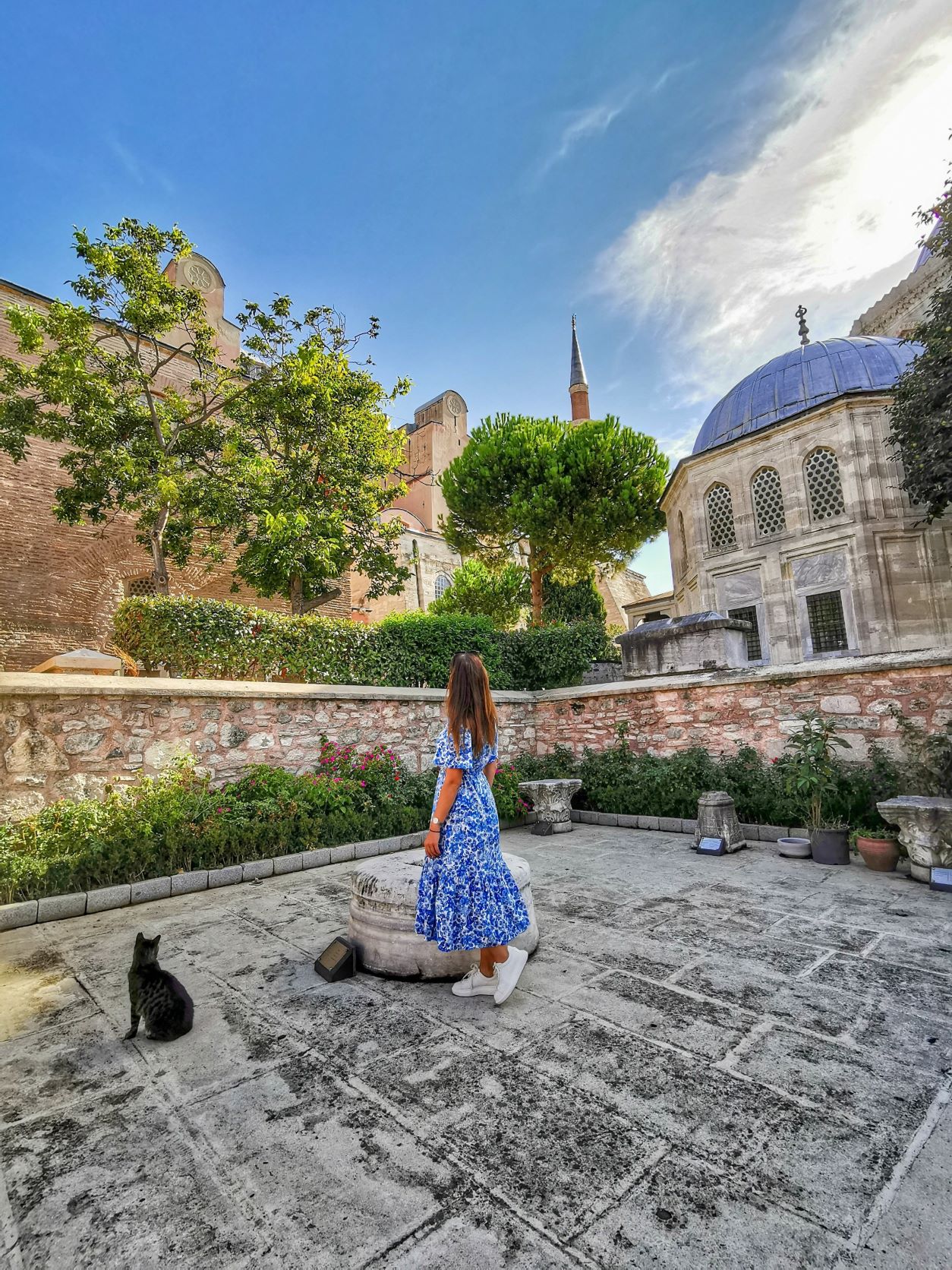
2. Boat cruise on the Bosporus and the Golden Horn
Istanbul’s coast is washed by both the Marble and The Black Sea, which is connected by a 30 km canal called the Bosporus. For the inhabitants, the Bosporus was the gateway to the world. Already around 660 B.C., the Greeks established byzantine settlement here, and the canal has always played an important role in history.

From there, people could check the boat traffic and collected customs from the sailing merchants. Bosporus divides Istanbul into European and Asian parts, and today it is one of the most prominent tourist destinations in the city. Sailing on the Bosporus is a must-do program while you are in Istanbul, where palaces, forts and magnificent mosques float before your eyes.
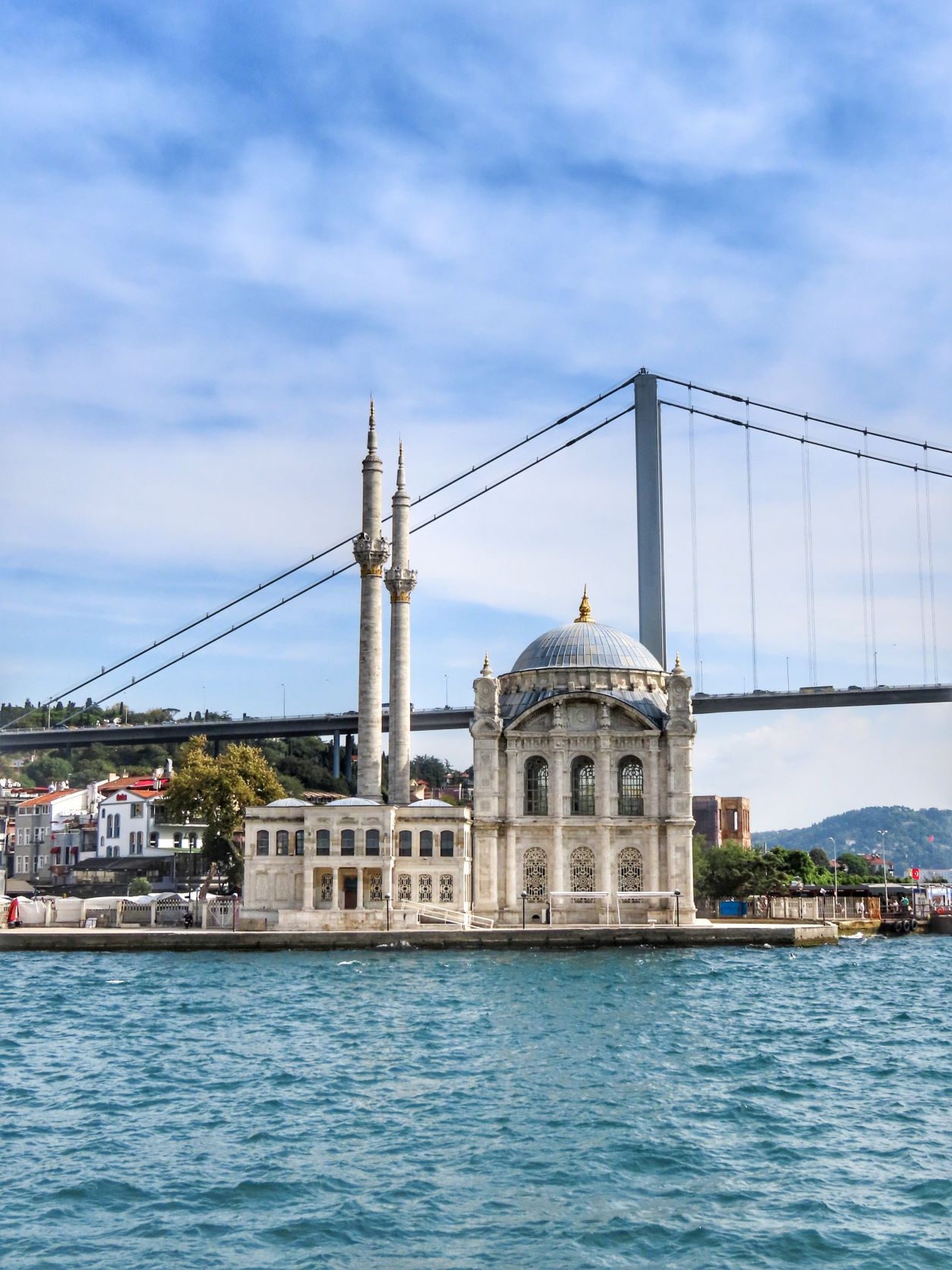
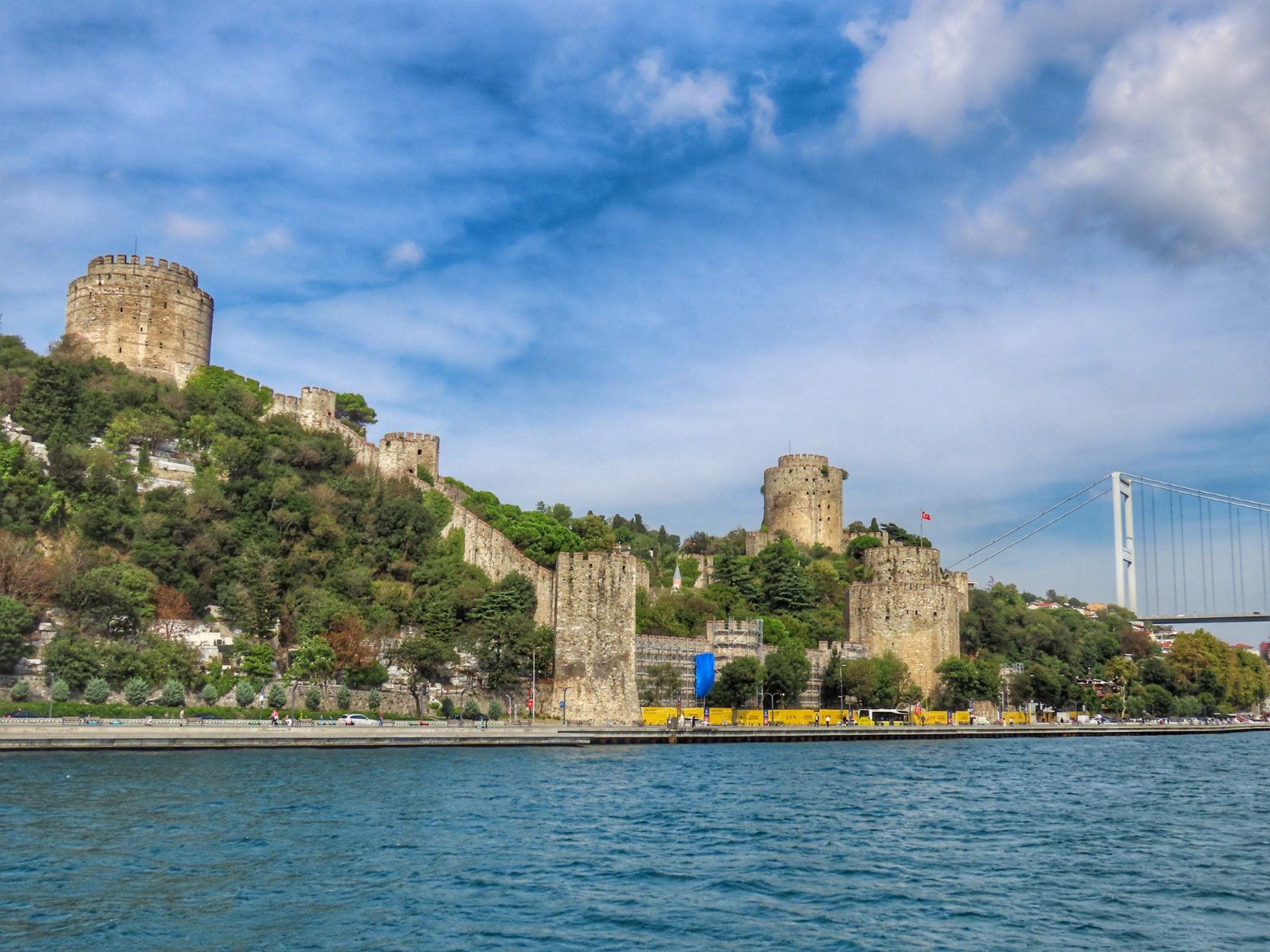
3. Grand Bazaar
This is the pulsating heart of the city. Whoever enters one of the 17 gates to the Grand Bazaar will surely find his expectations here
View this post on Instagram
On the covered streets, you will find everything from carpets to jewelry and antiques. The territory of the Grand Bazaar is huge, there are almost 3,000 shops and 66 streets in the area of 32,000 m2. The oldest part of the Bazaar, called Bedesten, was established by Sultan Mehmed II. after the conquest of Constantinople in the 15th century
In the old times, vendors used to be separated by craft. Nowadays they no longer make the products here, they only bring them here to sell. In addition to tourists, the Grand Bazaar is also visited by locals, which is open 7 days a week until 7 p.m. except on Sundays.
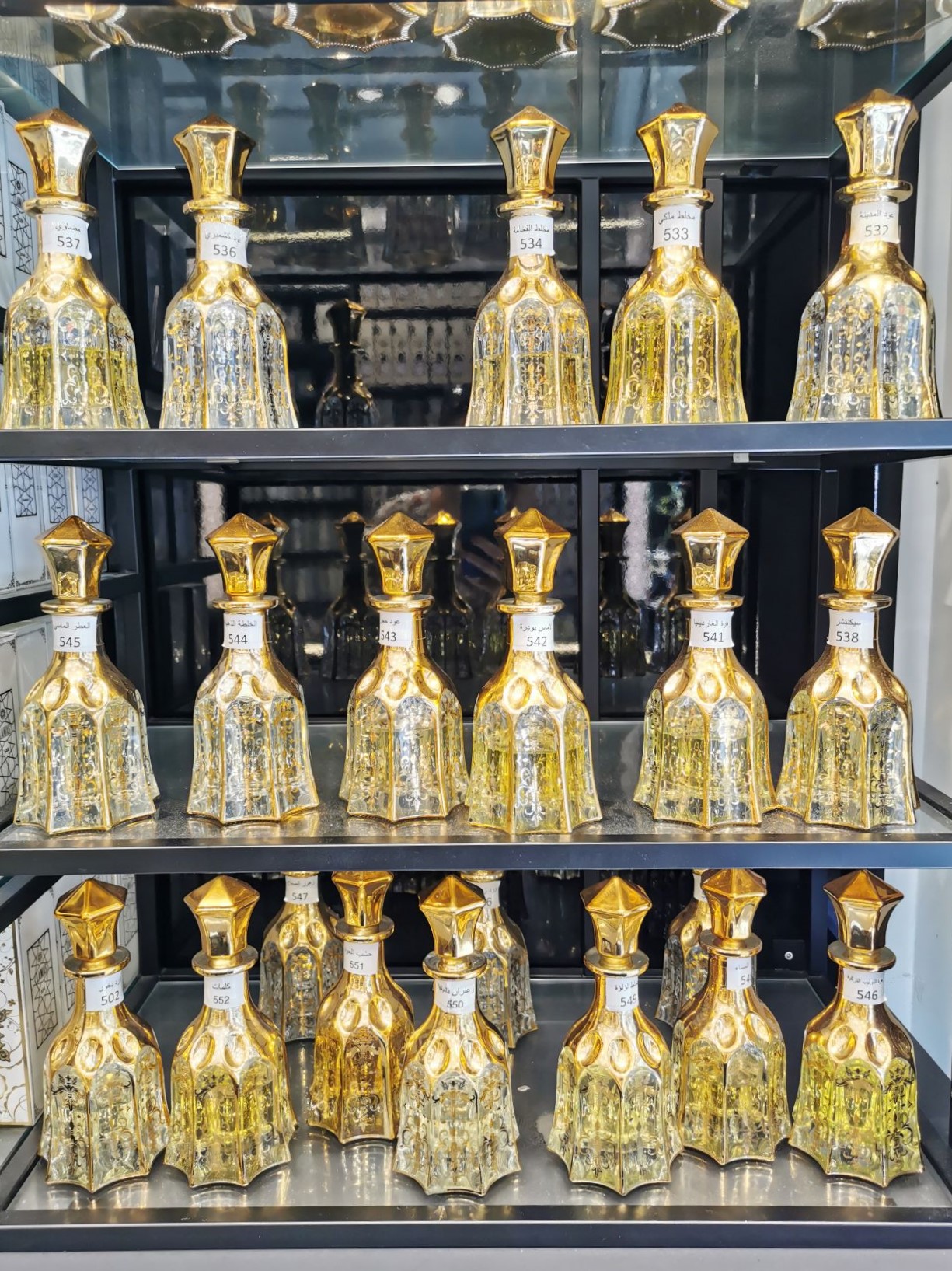
4. Dolmabahce Palace
The beautiful buildings on the banks of the Bosporus, erected in 1856, quickly became the new headquarters of the Turkish sultans. As a result of the westernization of the Ottoman Empire, Sultan Andul Medzsit left the Topkapi Palace and moved into the neoclassical palace complex on an area of 250,000 m2.
During the construction, sultans did not save on gold, marble and all kinds of expensive furniture, which as visitors you can see in the Dombabahce Palace. Today it’s a museum, but interestingly, Kemal Ataturk, Turkey’s first President of the Republic, died here in 1938. His deathbed has been guarded day and night by a soldier ever since.
5. Galata Bridge
As a symbol of Istanbul, the bridge connects the historical old town with the modern northern quarters. The Galata Bridge was erected above the canal during Justitianus rule, in the 6th century A.D., and had twelve arches at the time. A thousand years later, in World War II, Sultan Bajazid asked Italy’s Leonardo da Vinci to design a new bridge here. However, the Sultan did not like the artist’s work, so the plan was dusted in the drawer for a long time.
Galata Bridge was finally designed and built in 1912 by a German company that dreamed up a 466 m long and 25 m wide steel structure on the Golden Horn. At the bottom of the two-story Galata Bridge there are cosy restaurants and bars, while on its upper level, besides car traffic, anglers pass their time.
6. Blue Mosque
Known as Sultanahmet Mosque by the locals, the mosque is opposite Hagia Sophia and its sky-shattering dome is one of the most beautiful points in the old town. Built-in the 17th century, the mosque derives its name from the blue tiles that cover its interior and which, together with 260 largely colorful windows, give the building a beautiful interior.
View this post on Instagram
The mosque is currently under renovation and only partially accessible, but its religious significance and role in the life of the city are unquestionable. Blue Mosque is not by chance a World Heritage Site and a must-see place for all visitors in Istanbul.
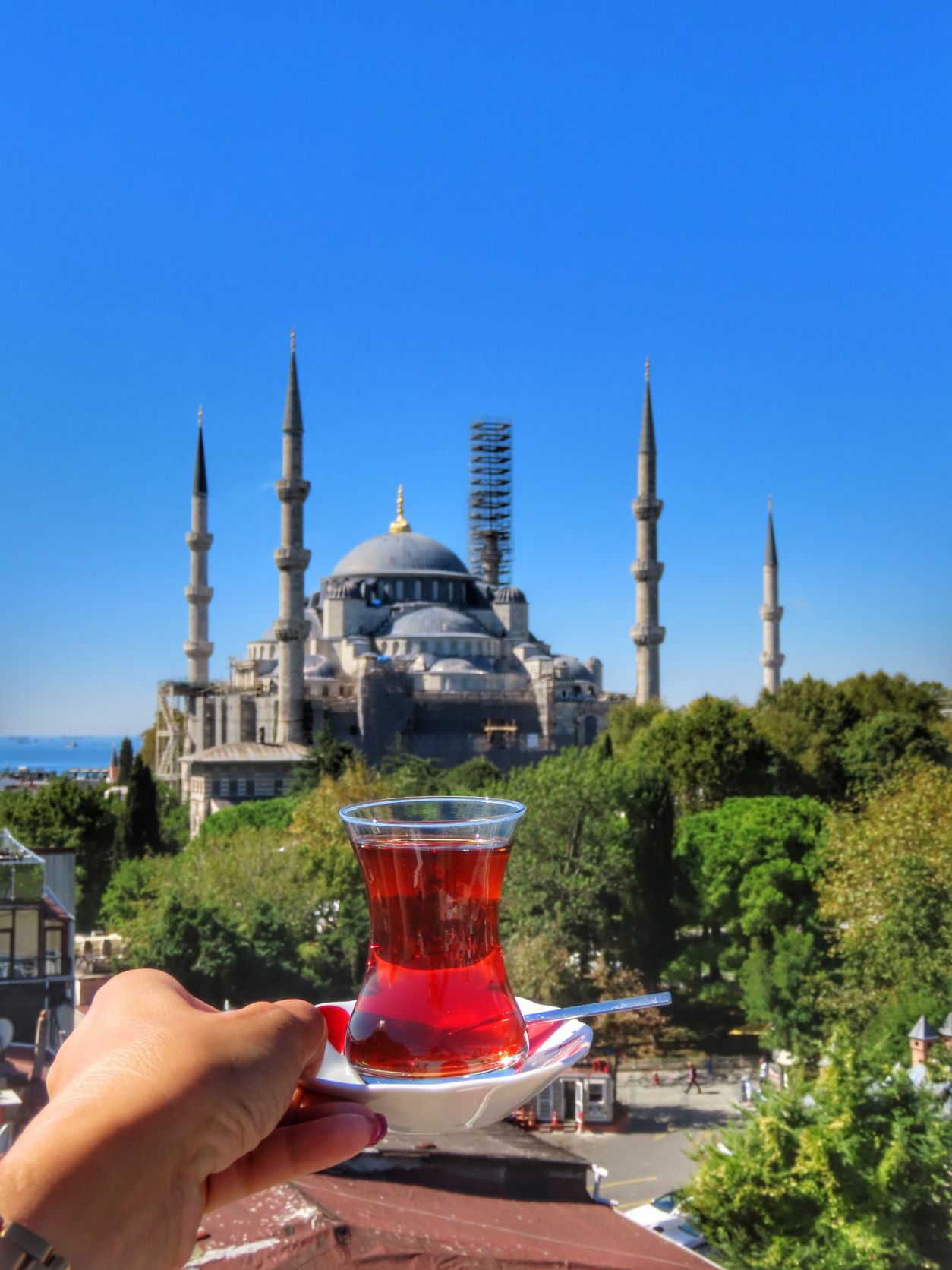

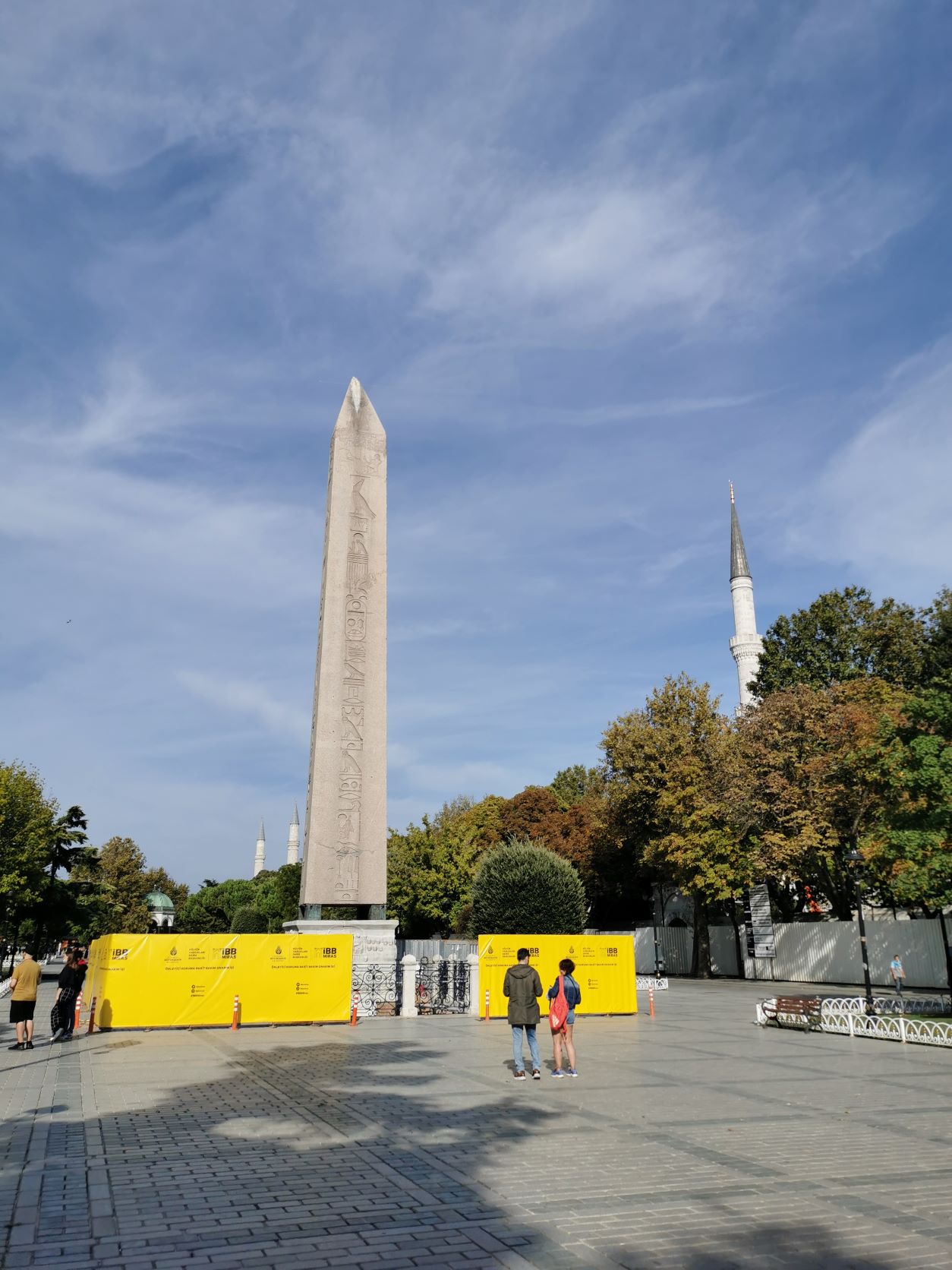
7. Topkapi Palace
The palace complex was once home to the Sultans for four centuries and was also the center of the Ottoman-Turkish world empire. From there they controlled the imperial transactions, the Sultan’s harem lived here, as well as the army of janissaries. It is hard to imagine that 5,000 people once lived in the Topkapi Palace, which is now a museum town.
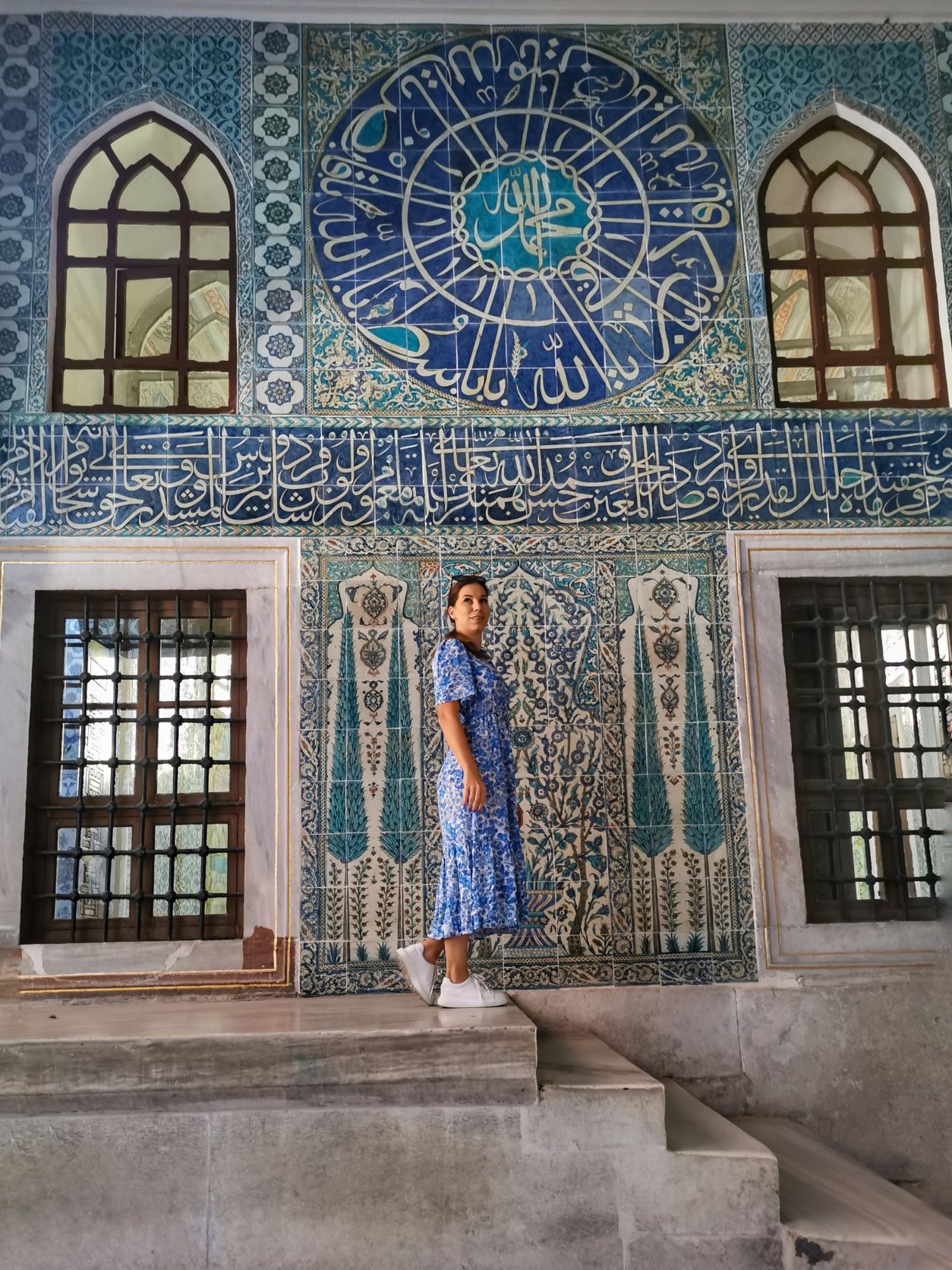
The palace has four courtyards, in which the memories of a bygone era can be still seen today, wrapped in beautiful architectural robes. In the first courtyard, you can see the former base of the Janissaries, in the other, you can see the business district of the Ottoman Empire, where the rallies were also held. In the third, there is the legendary Sultan’s harem section, and in the fourth, a huge garden can be found, where the Sultan spent his time relaxing.

Going through Topkapi Palace is a half-day program in itself. The buildings contain many interesting exhibitions, such as rare weapons, religious relics, thrones and period costumes.
View this post on Instagram
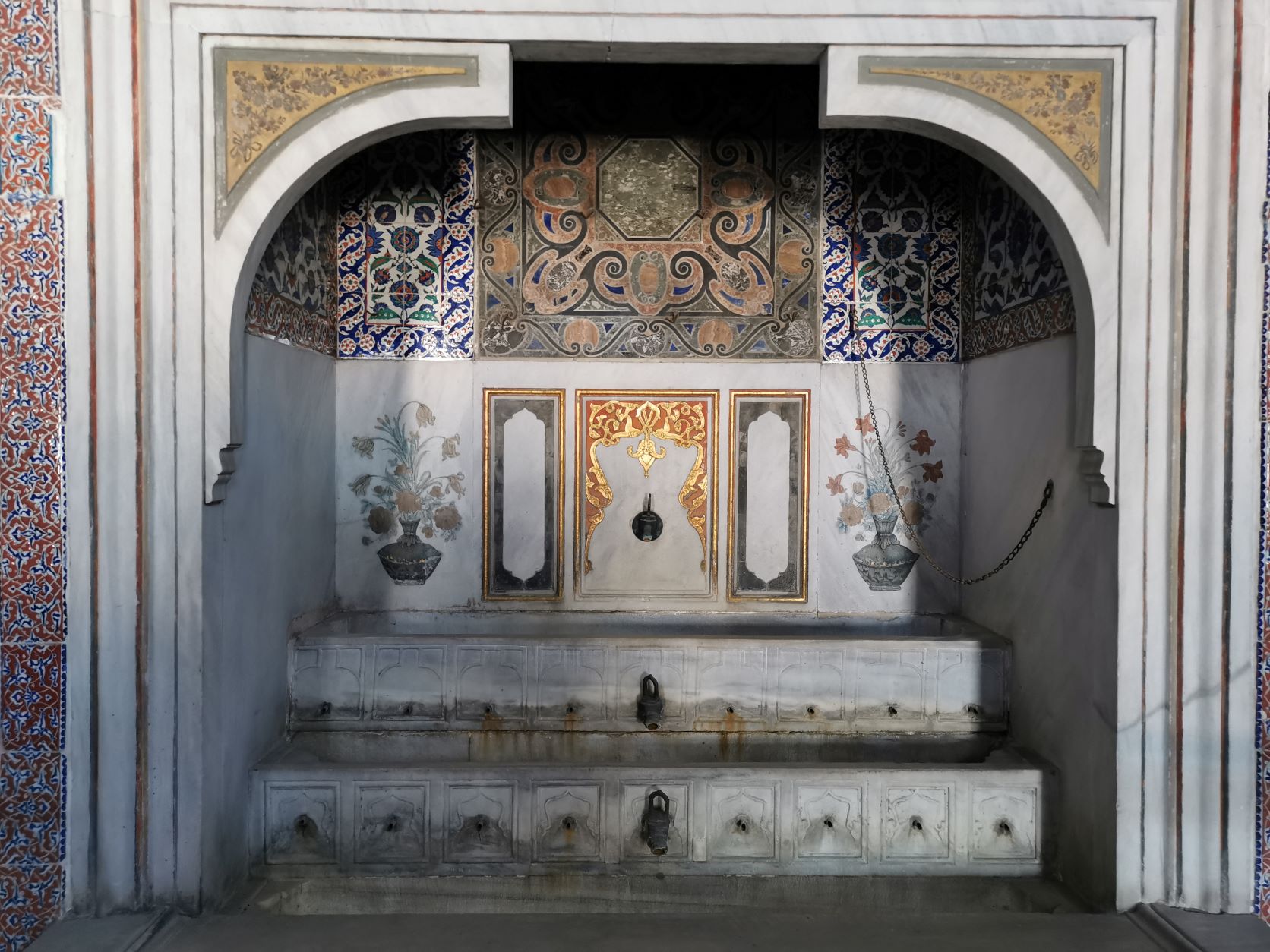

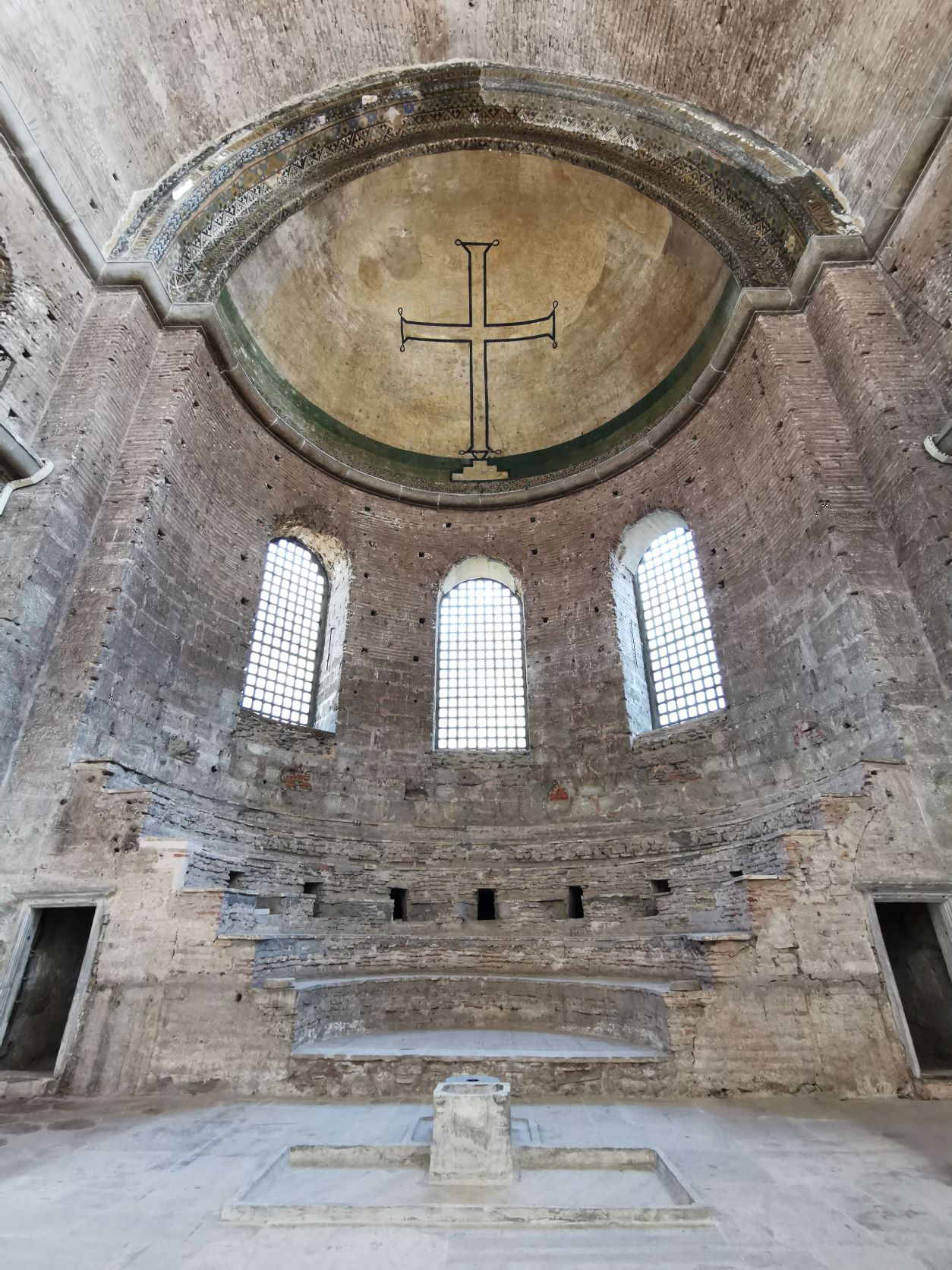
8. Galata Tower
In Karaköy district you will find one of Istanbul’s unavoidable points, the Galata Tower, which casts its watchful eyes at visitors from afar from the top of the hill. The 62-meter tower was built by the Genoese colony in Constantinople in 1348 and was probably used for defense purposes as part of a former city wall.
The tower is now a popular spot for movie shooting and photographers, with a lookout tower at the top. You can take an elevator to the top from where you can get down to the street level again on foot via a narrow spiral staircase.
9. Walking and shopping around the Taksim Square
The pulsating heart of Istanbul can be found on Istiklal Street. It’s heaven for those looking to have fun and shopping, similar to New York’s Fifth Avenue or London’s Oxford Street. On the busy avenue, you will find everything from designer shops to shops selling traditional Turkish products.
But it’s not just shopping that makes it worth visiting this city district. You can taste divine street food in the smaller streets. Plus, there’s Istanbul’s special nostalgia tram, which is also a tourist attraction.
The small red tram began transporting passengers between Taksim Square and Tünel in 1871. Although the route only covers two stops, people are constantly hanging on it and at least 6,000 people use the tram services every day.
Istikal Street ends in Taksim Square, which with the Monument of the Republic is considered the busiest square in the city. In addition to the nostalgia buses, don’t miss the Taksim Mosque, which was opened in 2017. It gives a special atmosphere to the square dressed in Turkish flags during sunset.
10. Süleymaniye Mosque
Although the Blue Mosque is Istanbul’s religious center, people consider the Süleymaniye Mosque to be an outstanding example of urban sacral architecture. The mosque was built in honor of Suleiman the Great between 1550-57 and casts its watchful eyes from the highest point of the old town on the Bosporus.
Its interior is dominated by a huge square under the monumental dome, while the inner courtyard of the mosque is lined with magnificent arcades. Its columns are believed to be from the Hippodrome’s former Byzantine imperial lodge, and its courtyard includes the mausoleum of Haseki Hürrem.
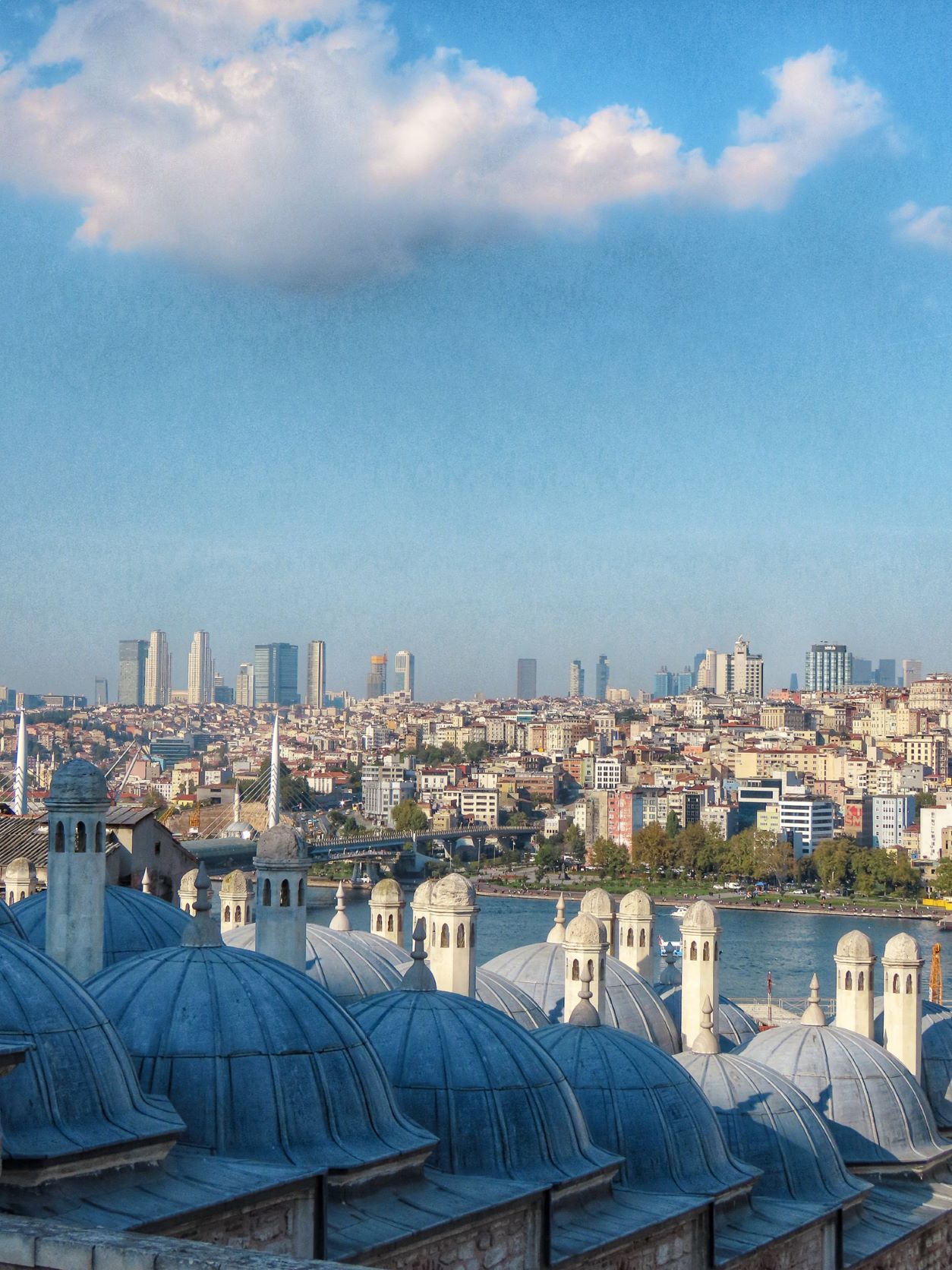
Thank you for the travel and invitation for PR in Hungary and Mettravel agency!


